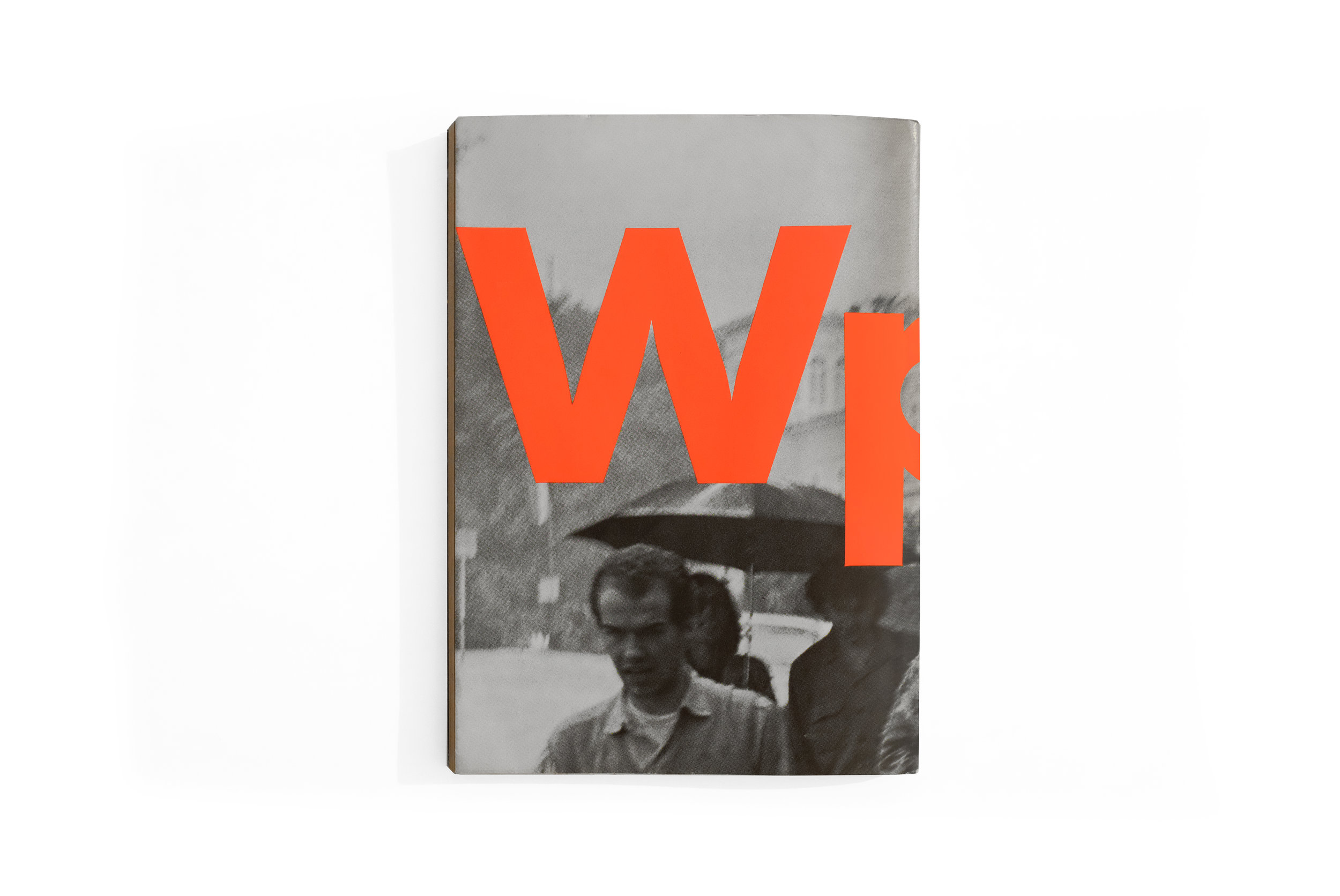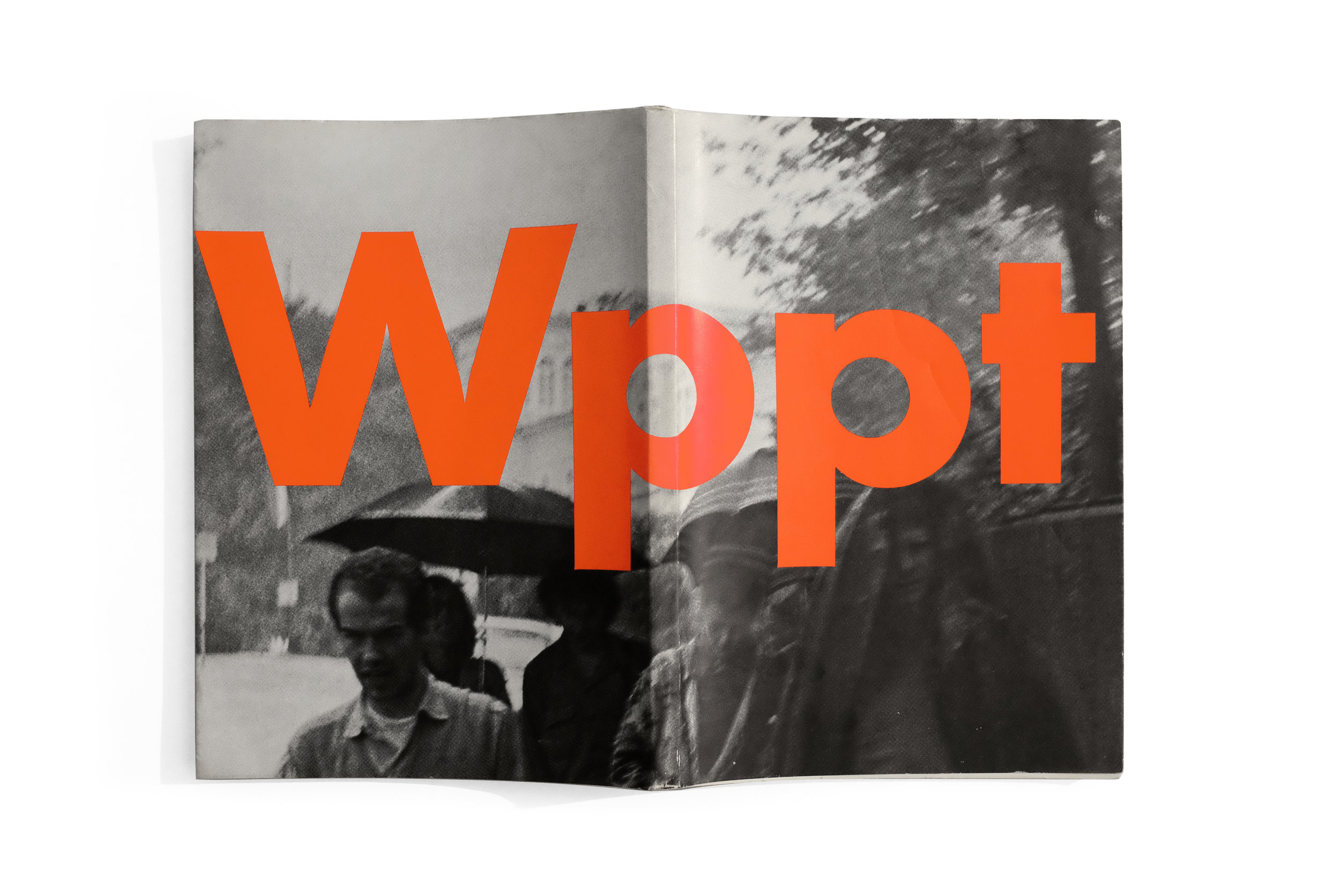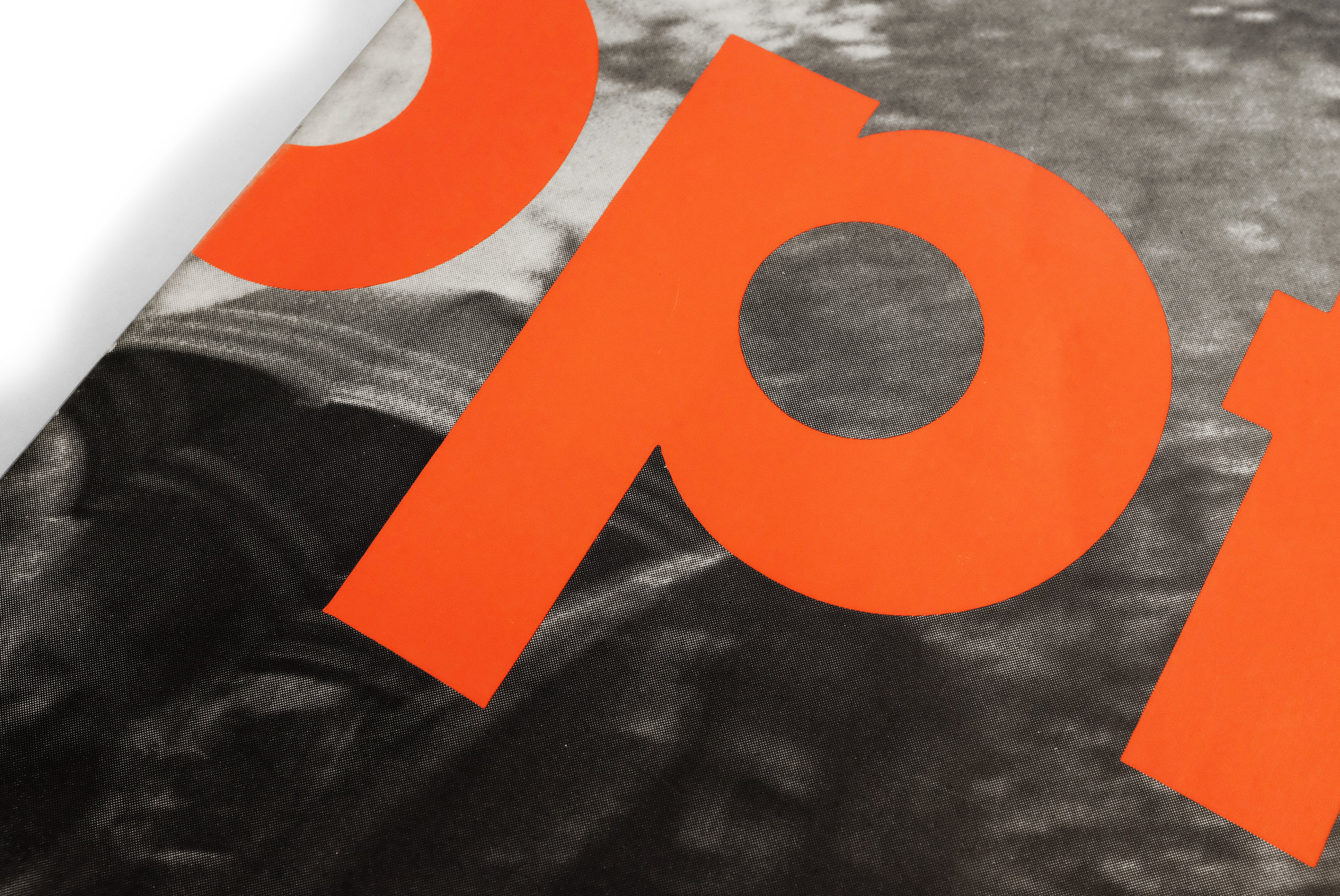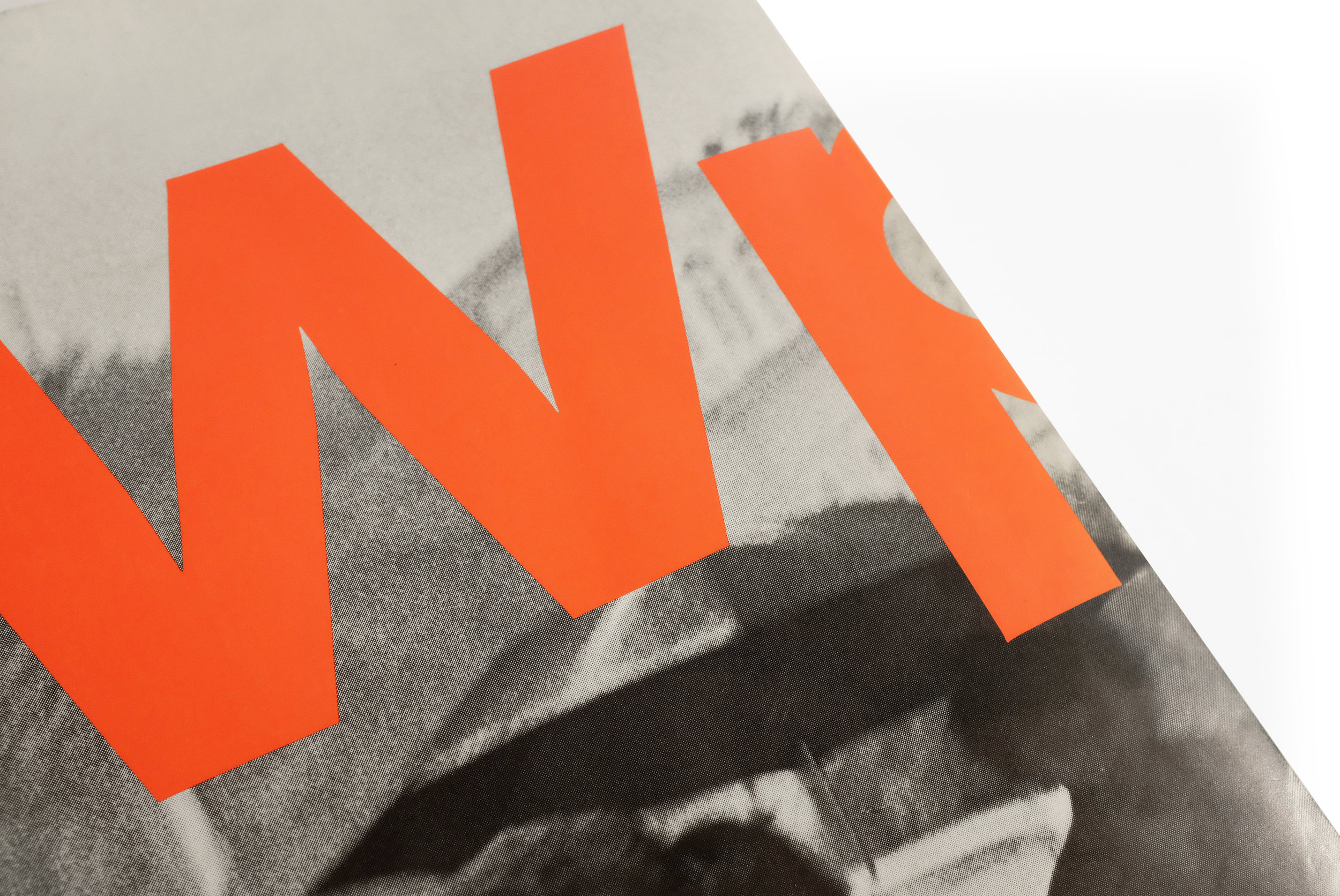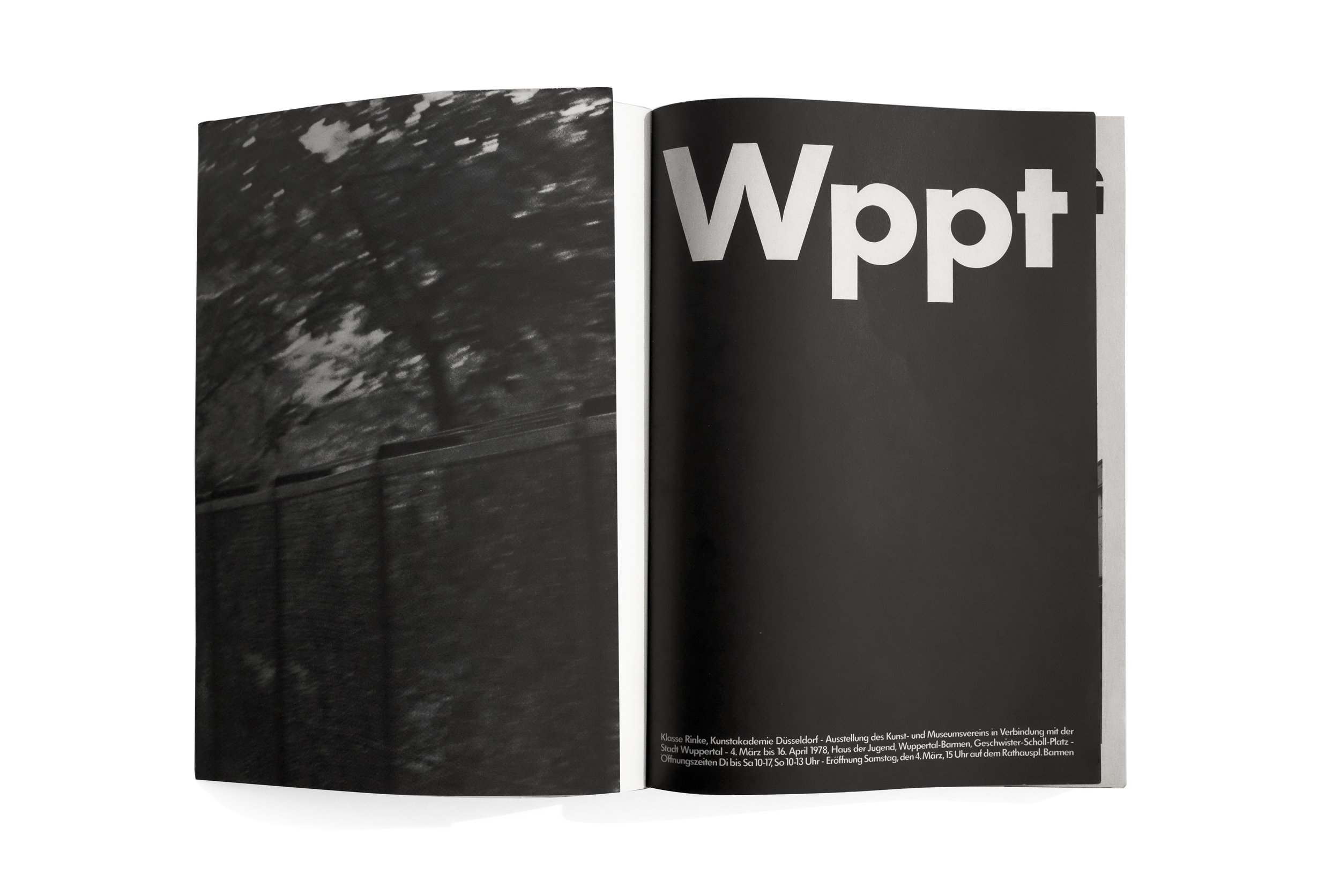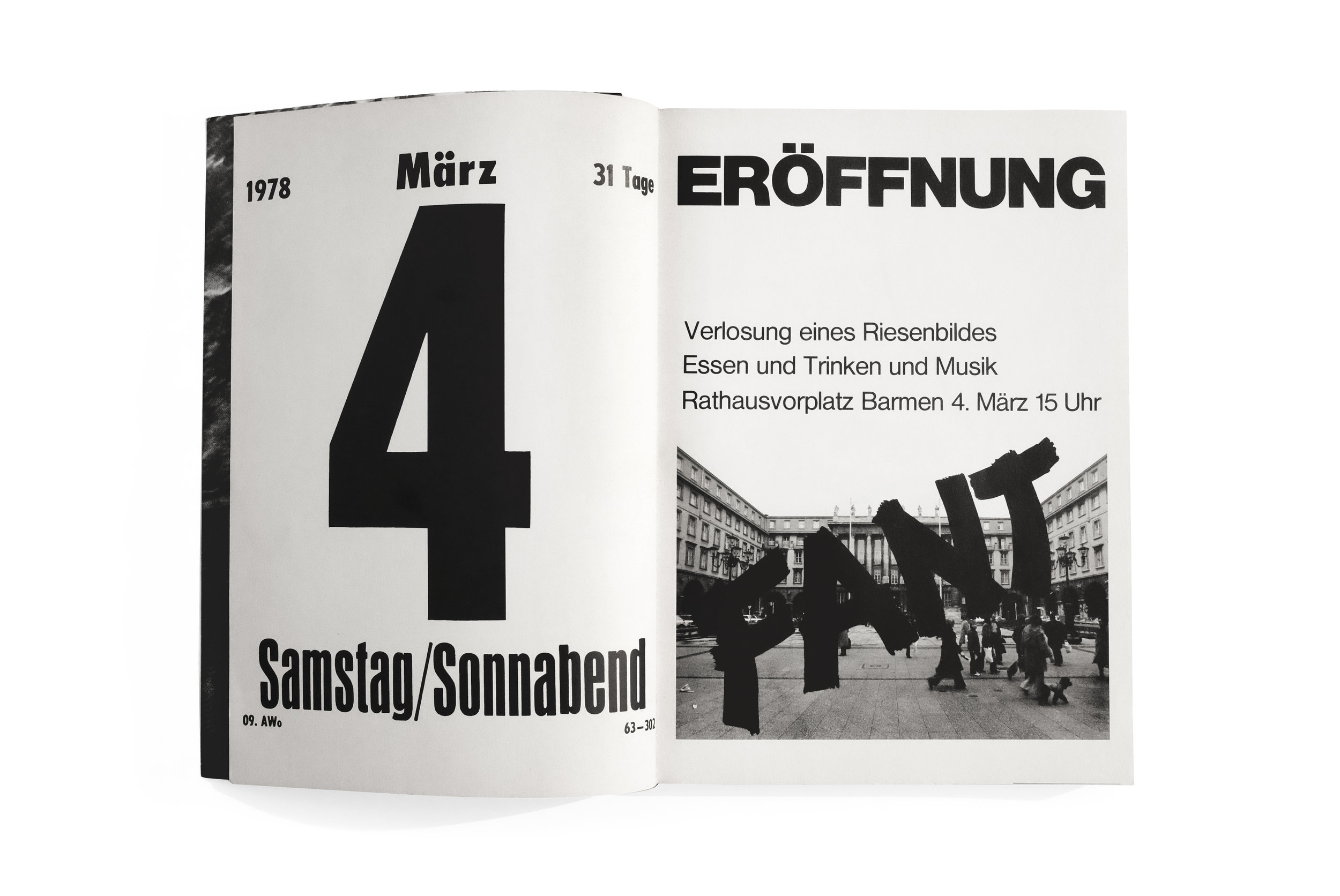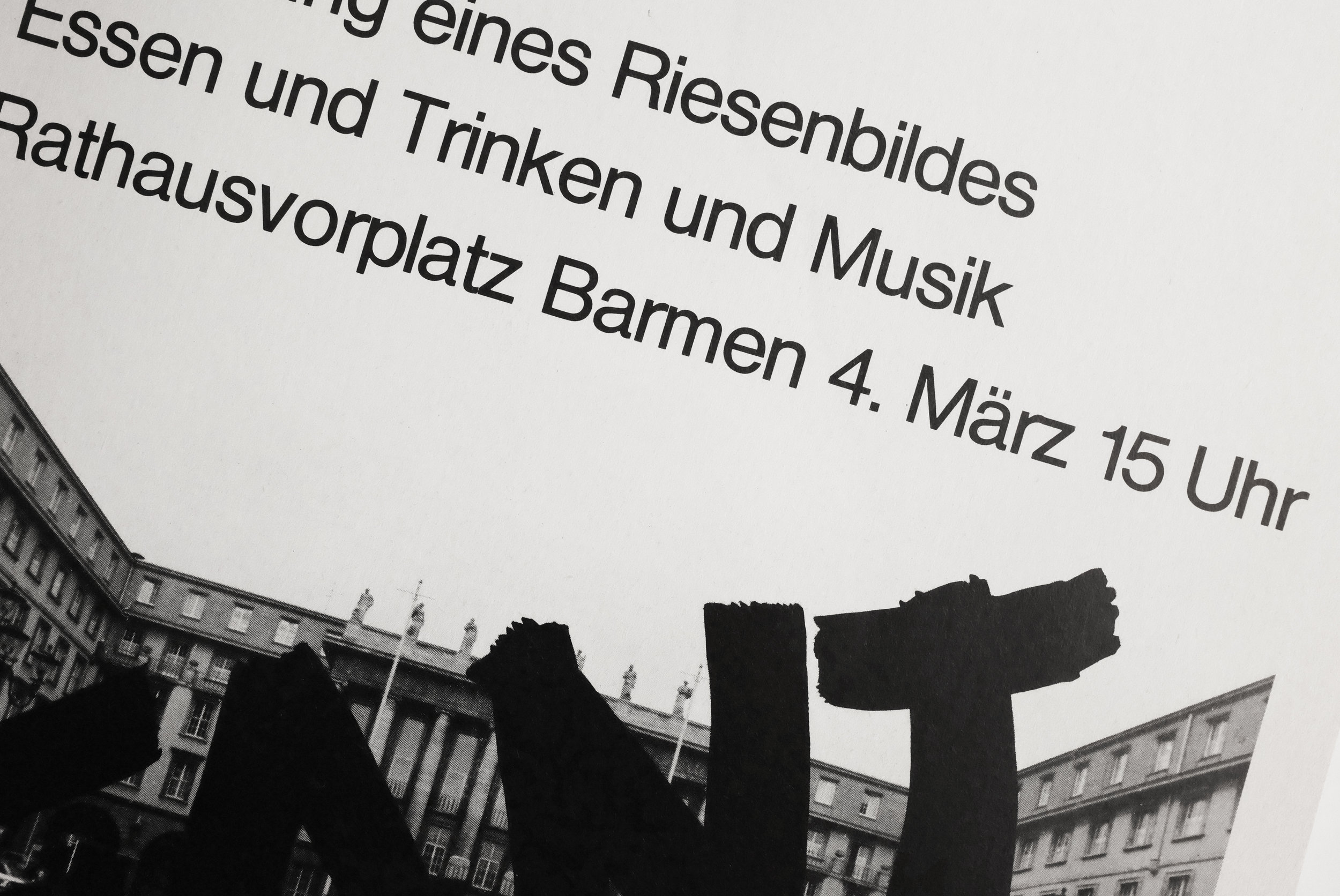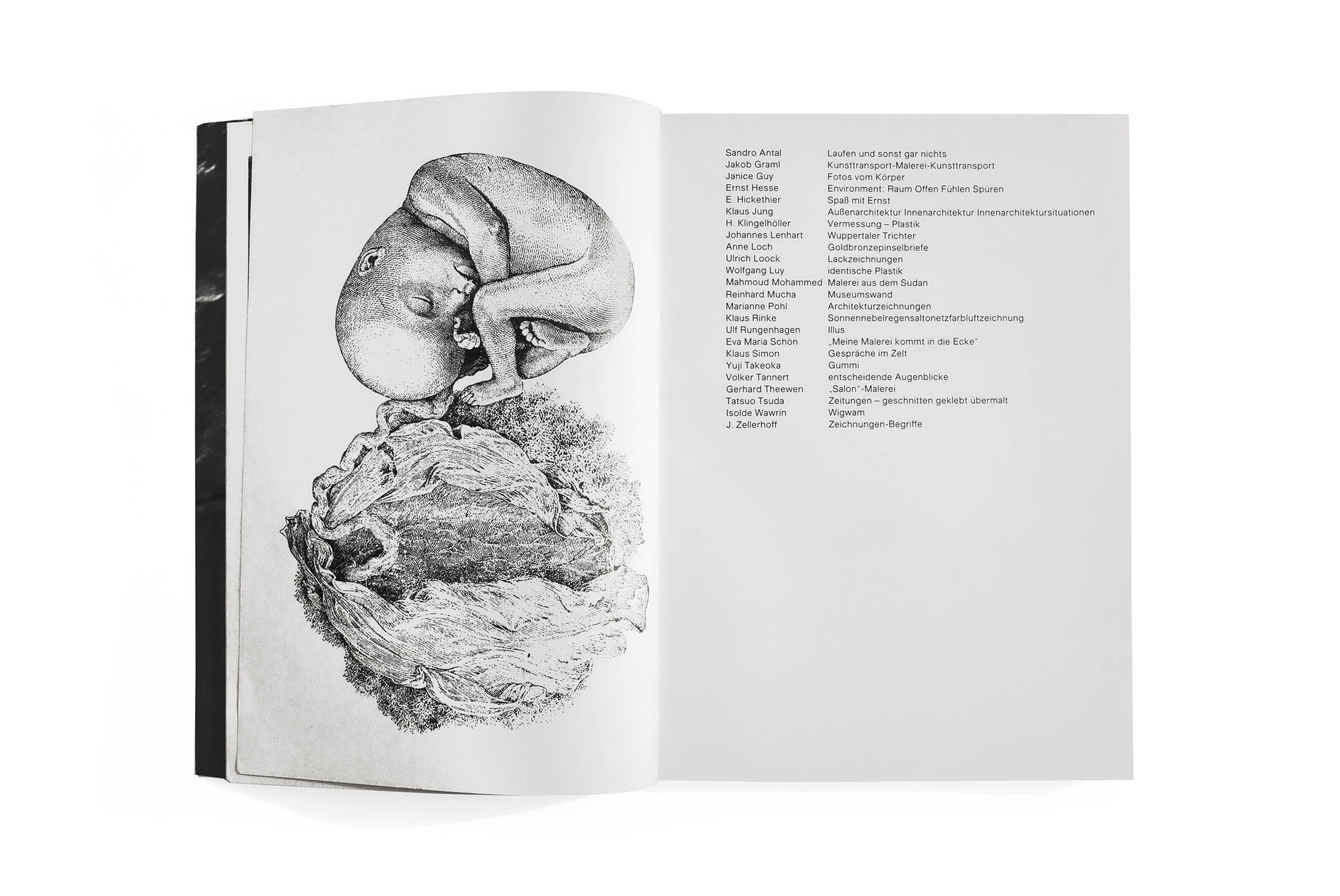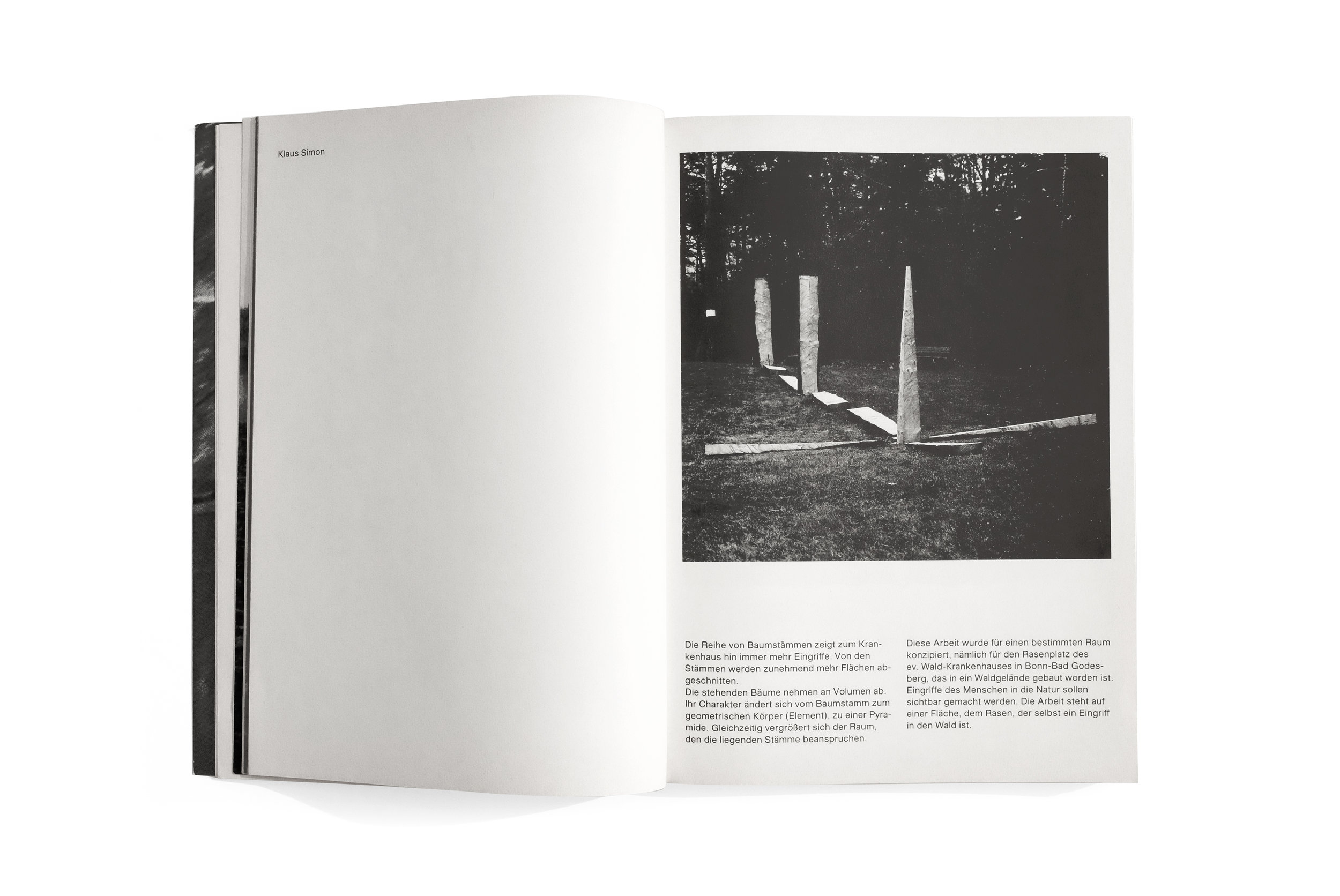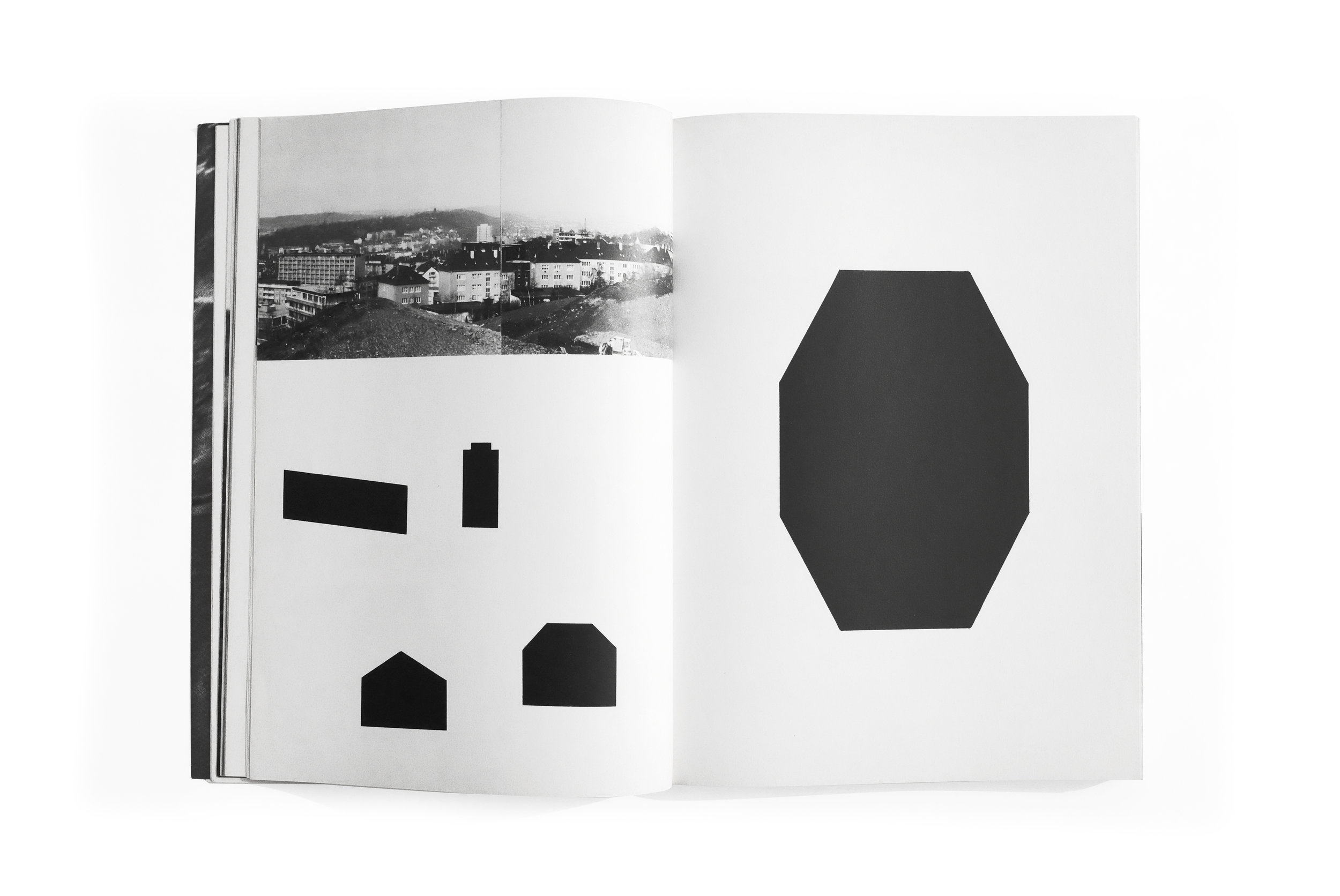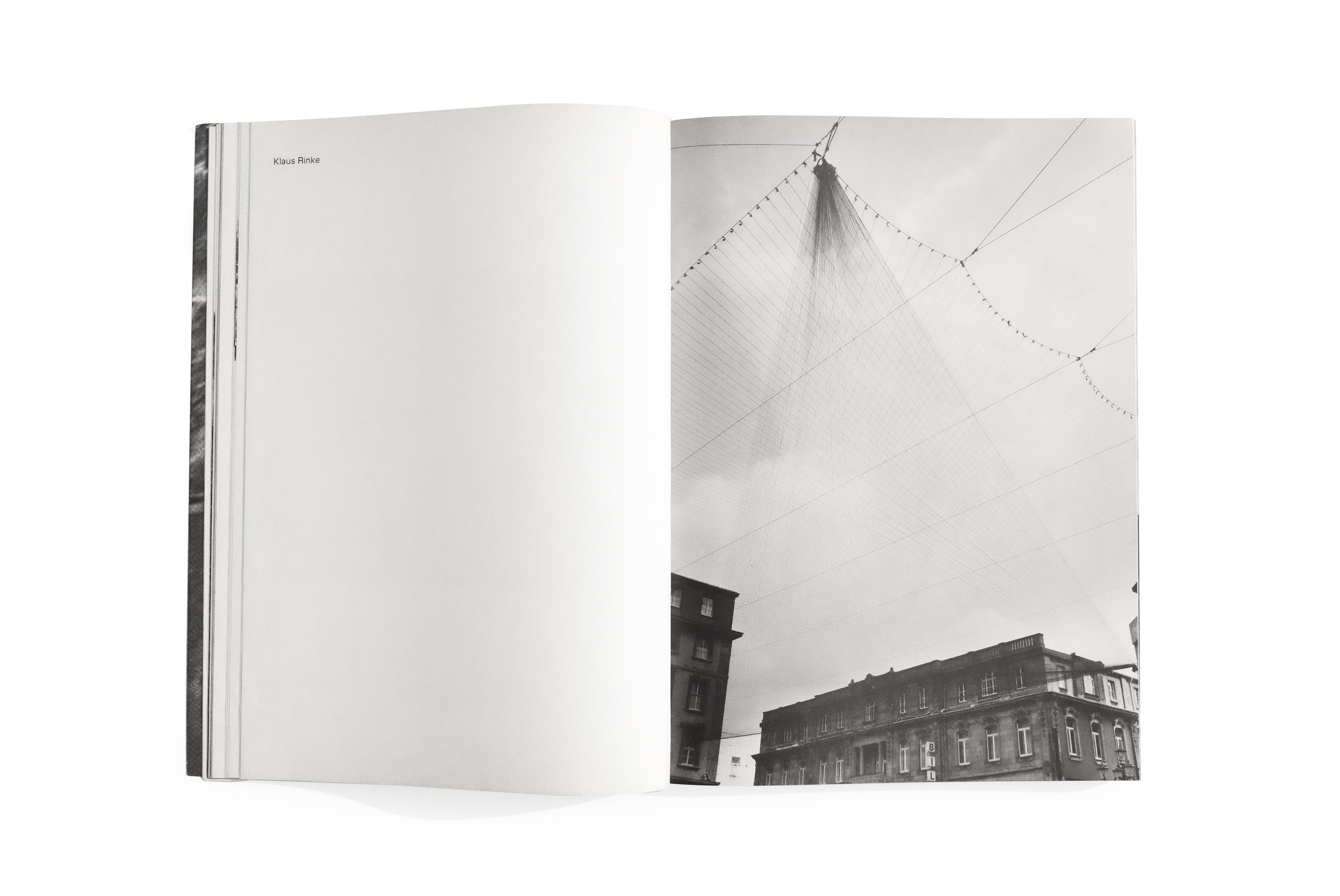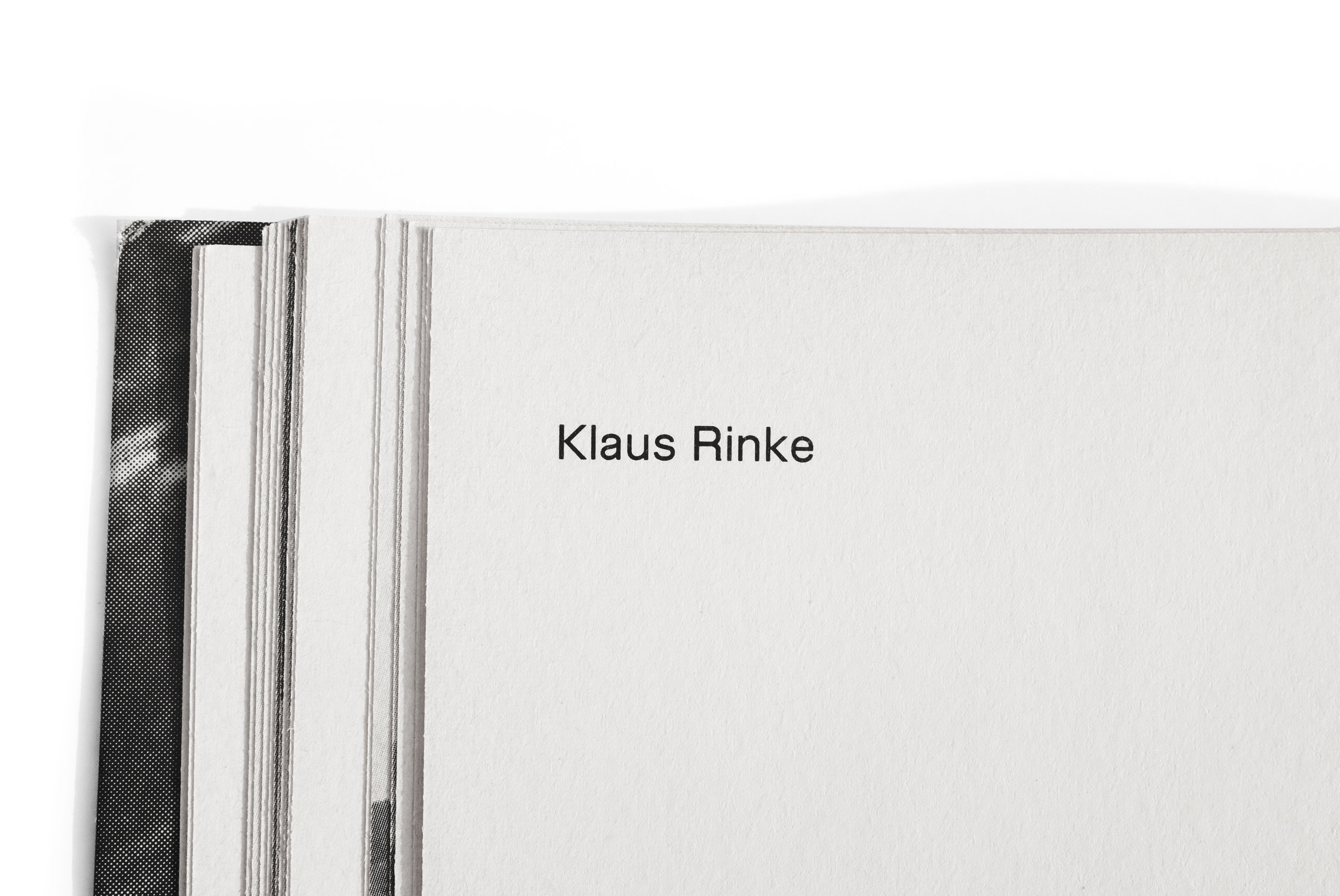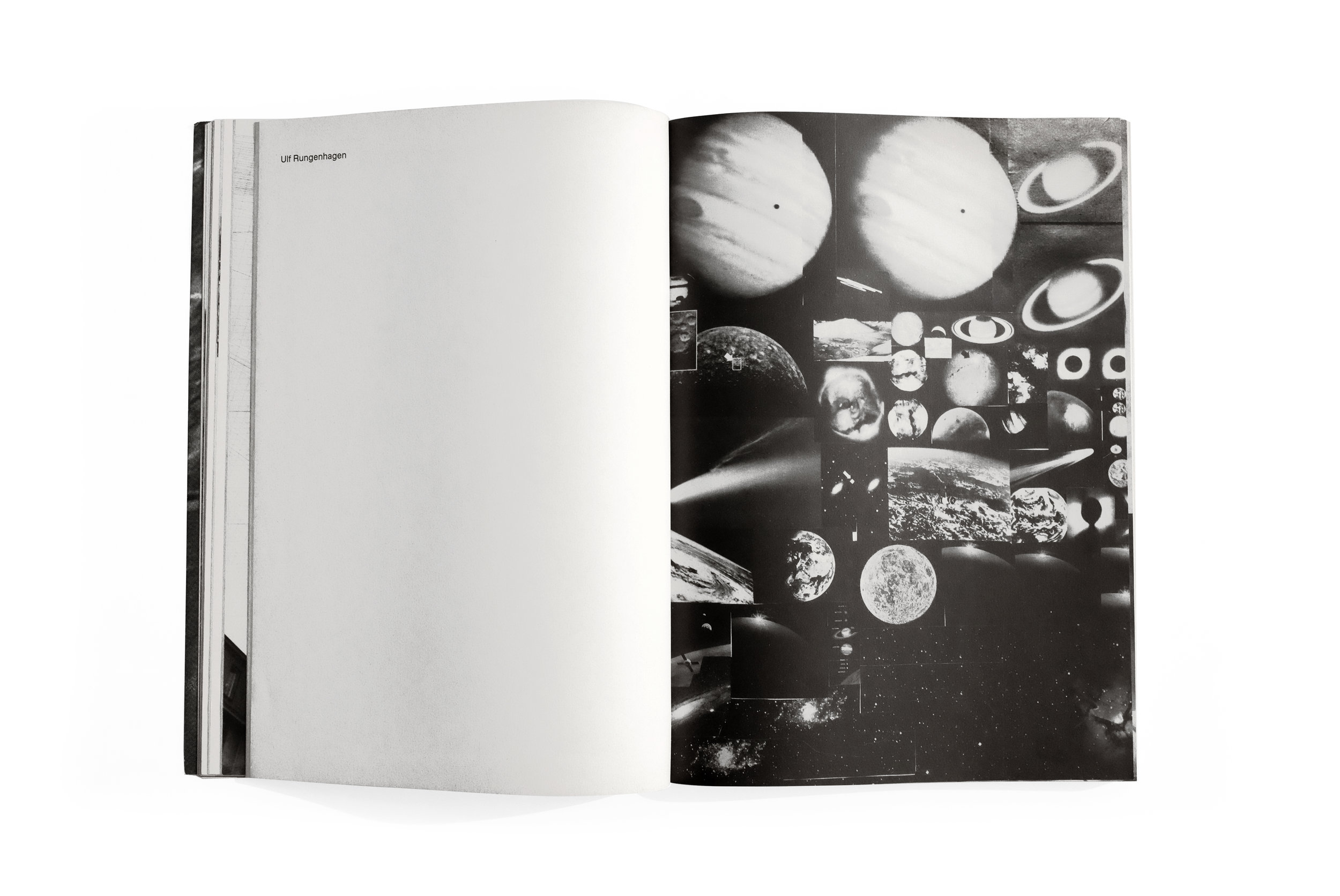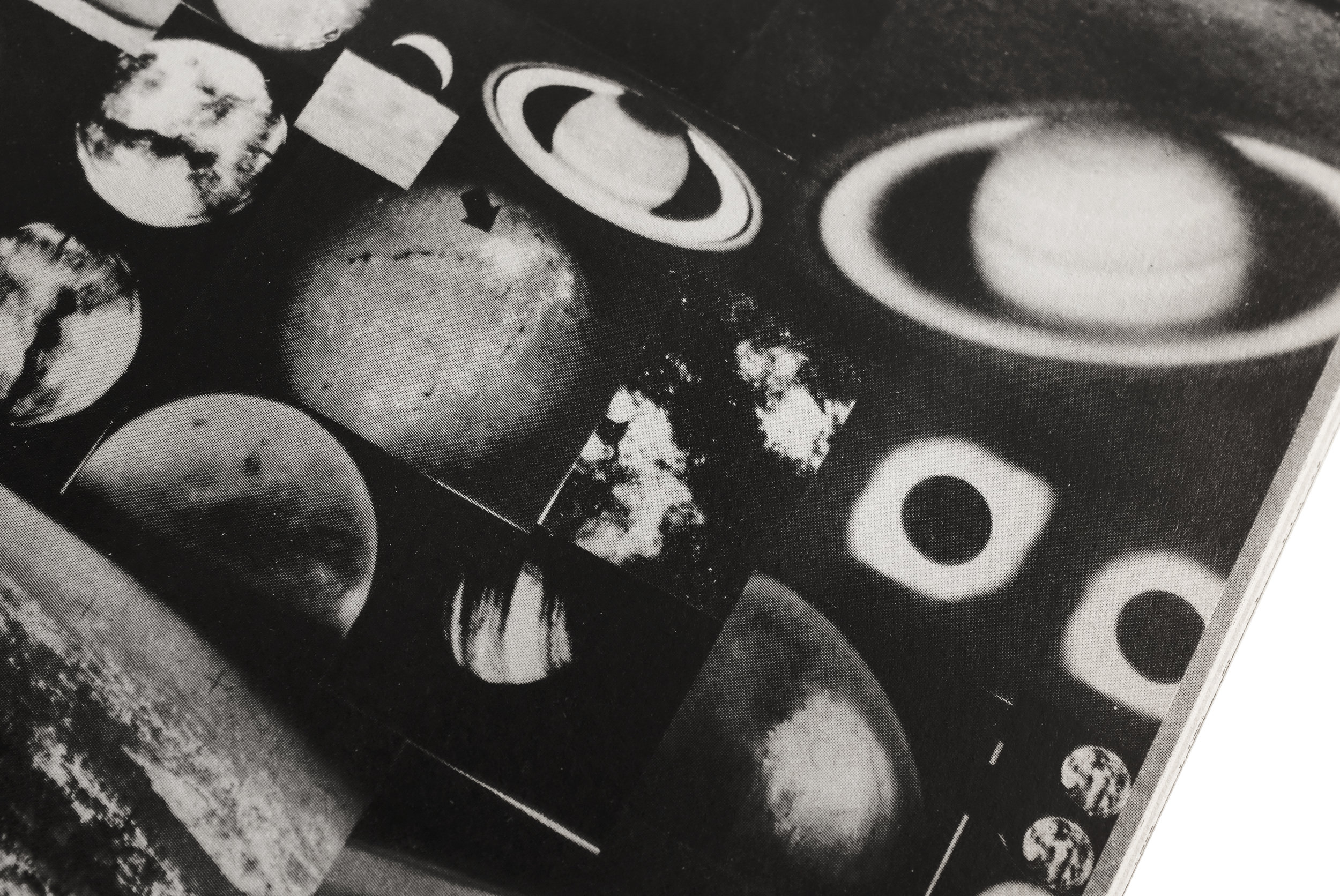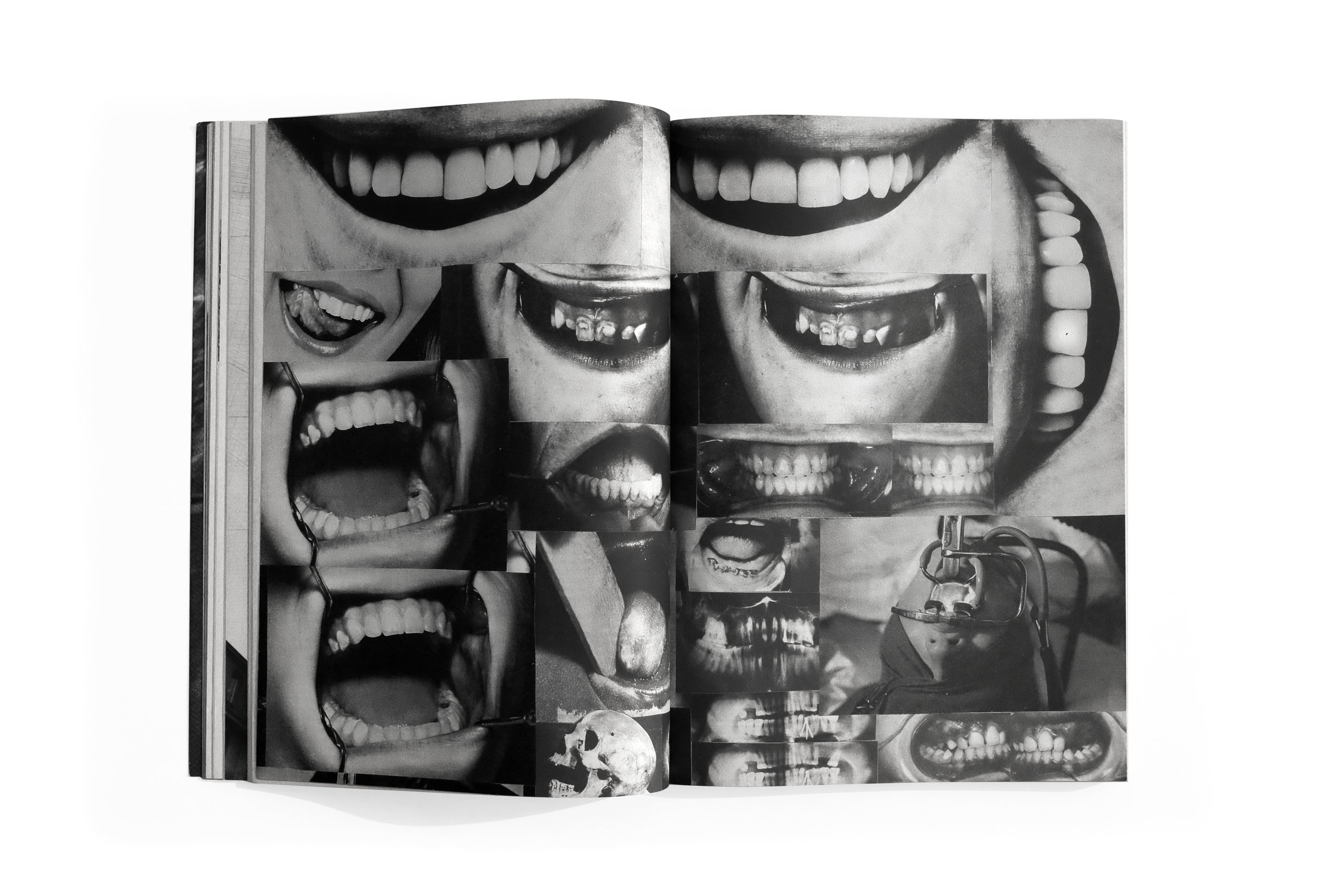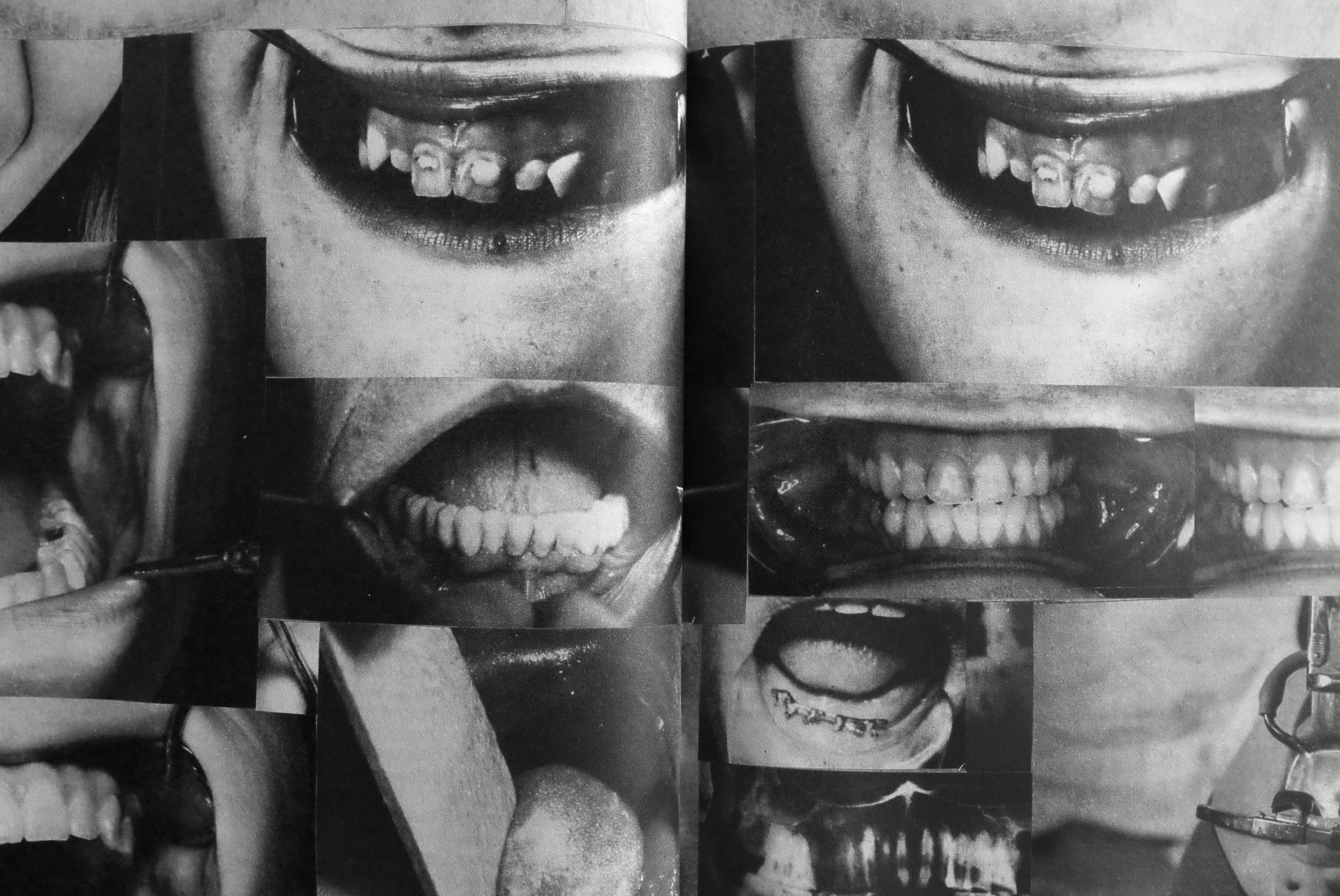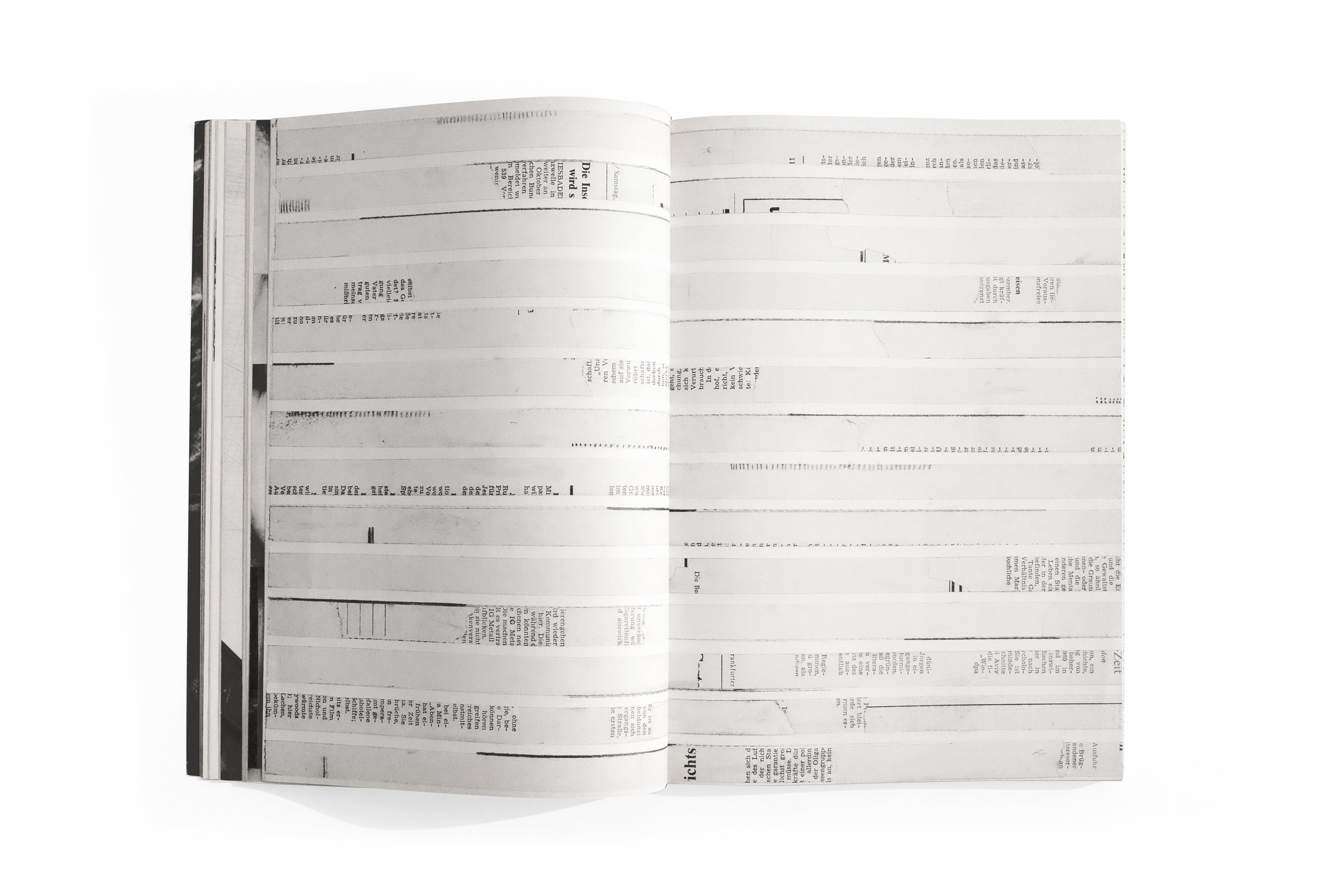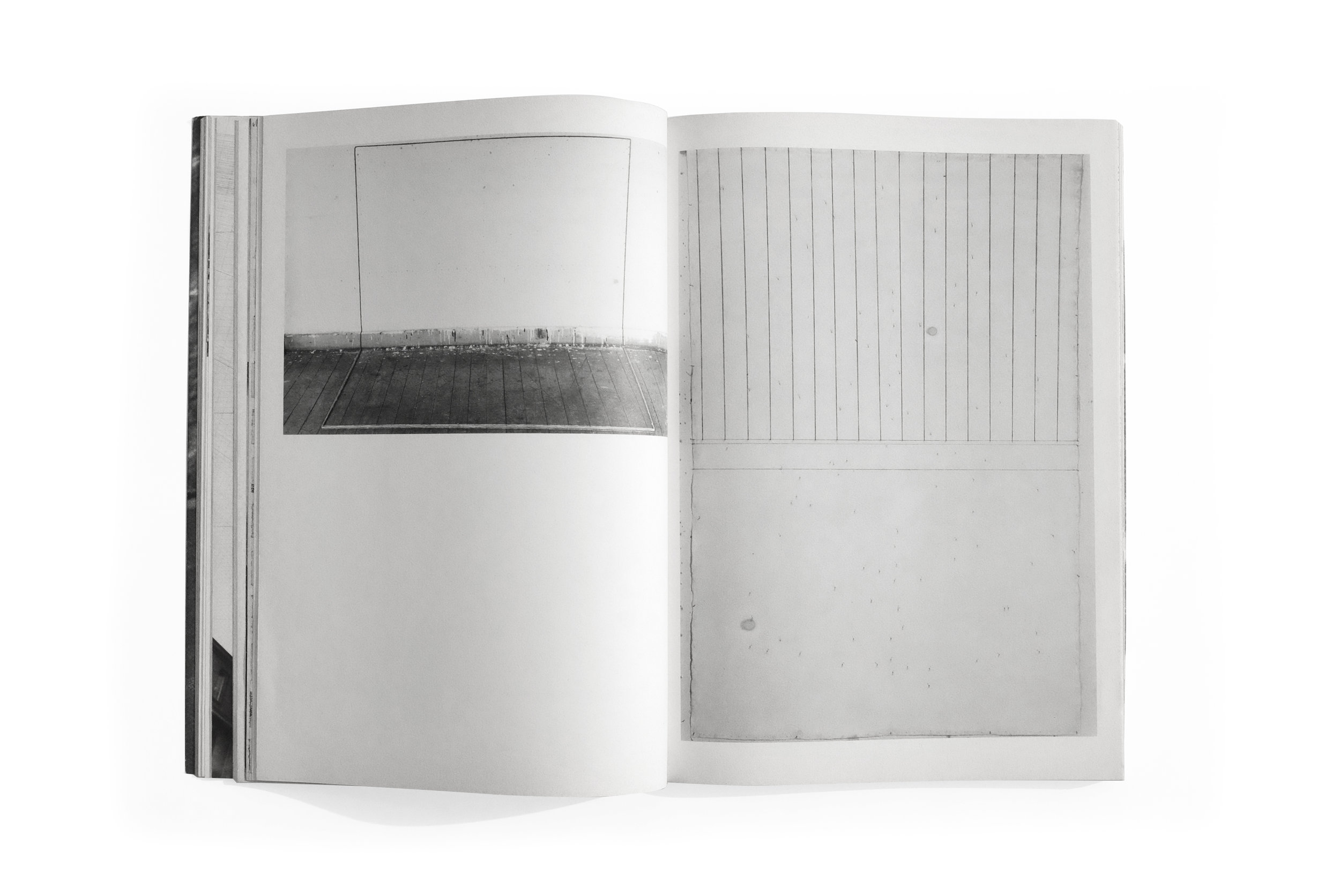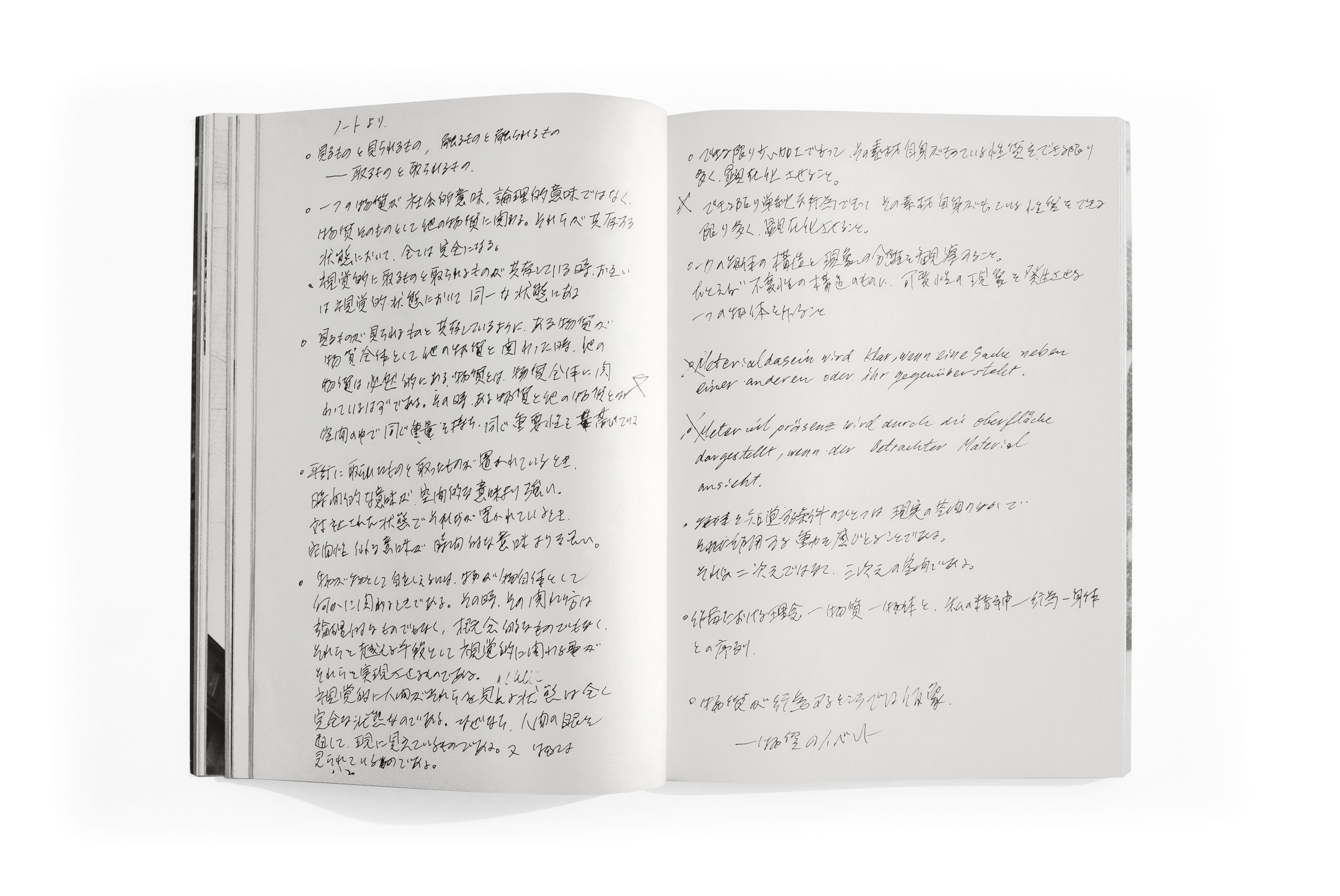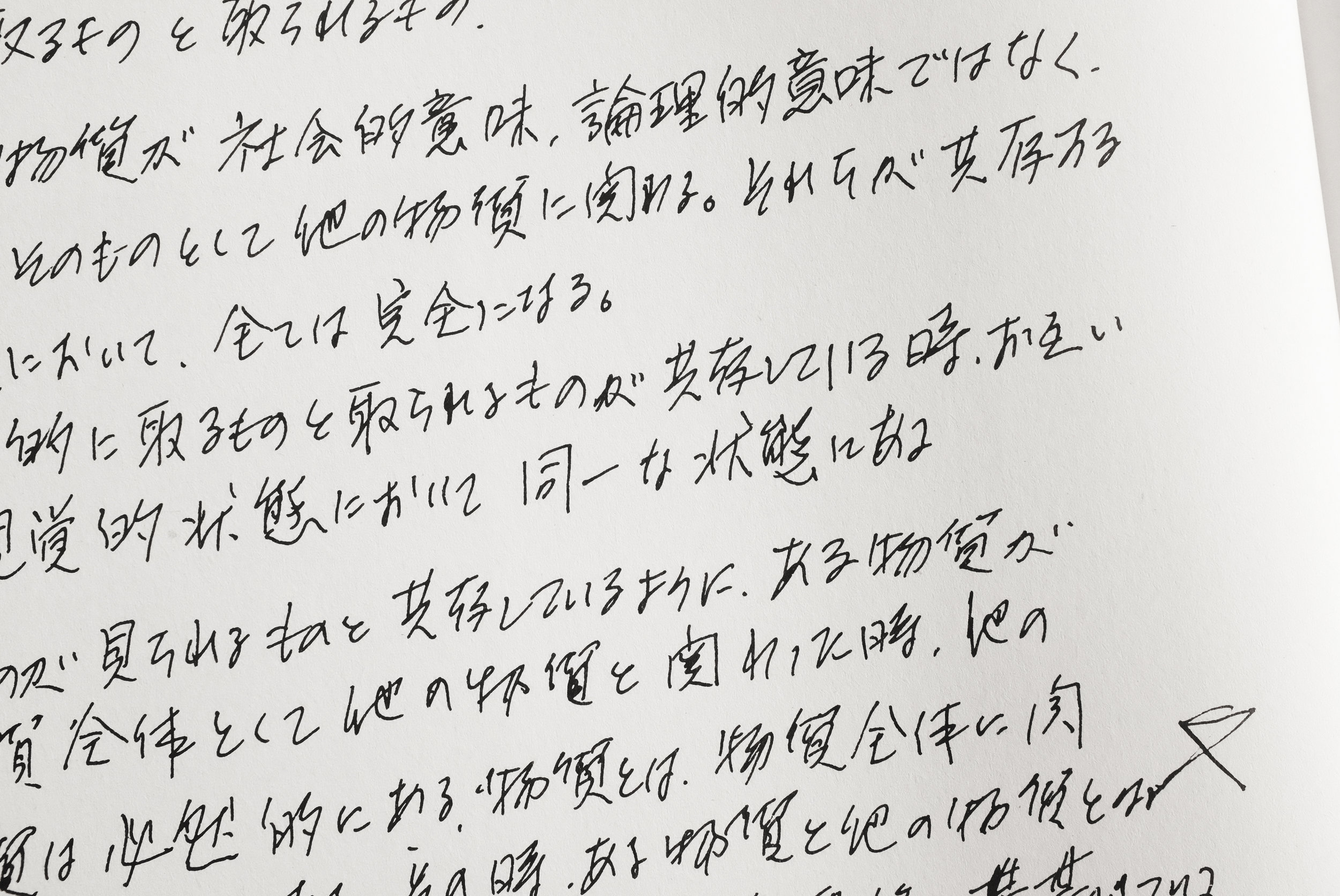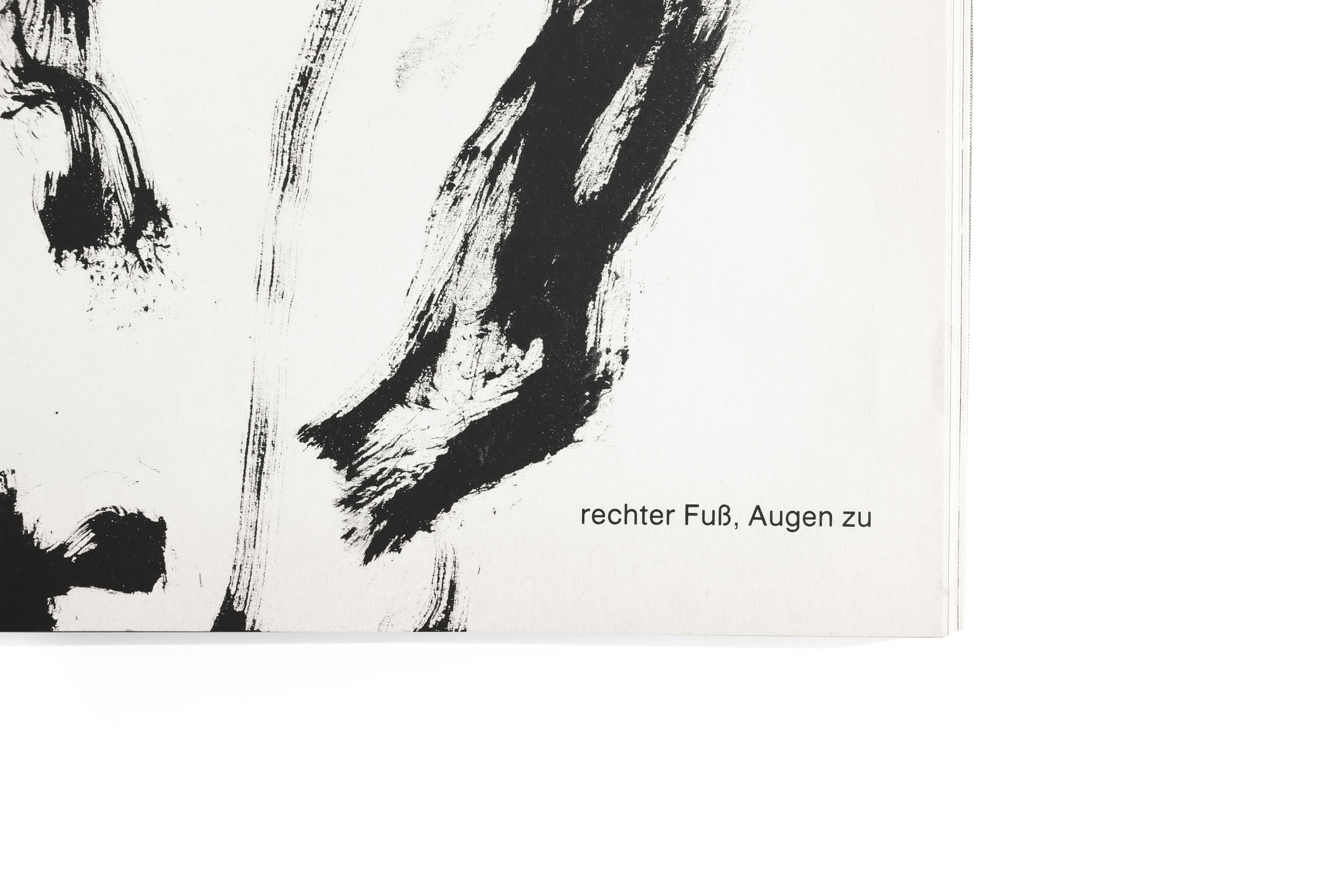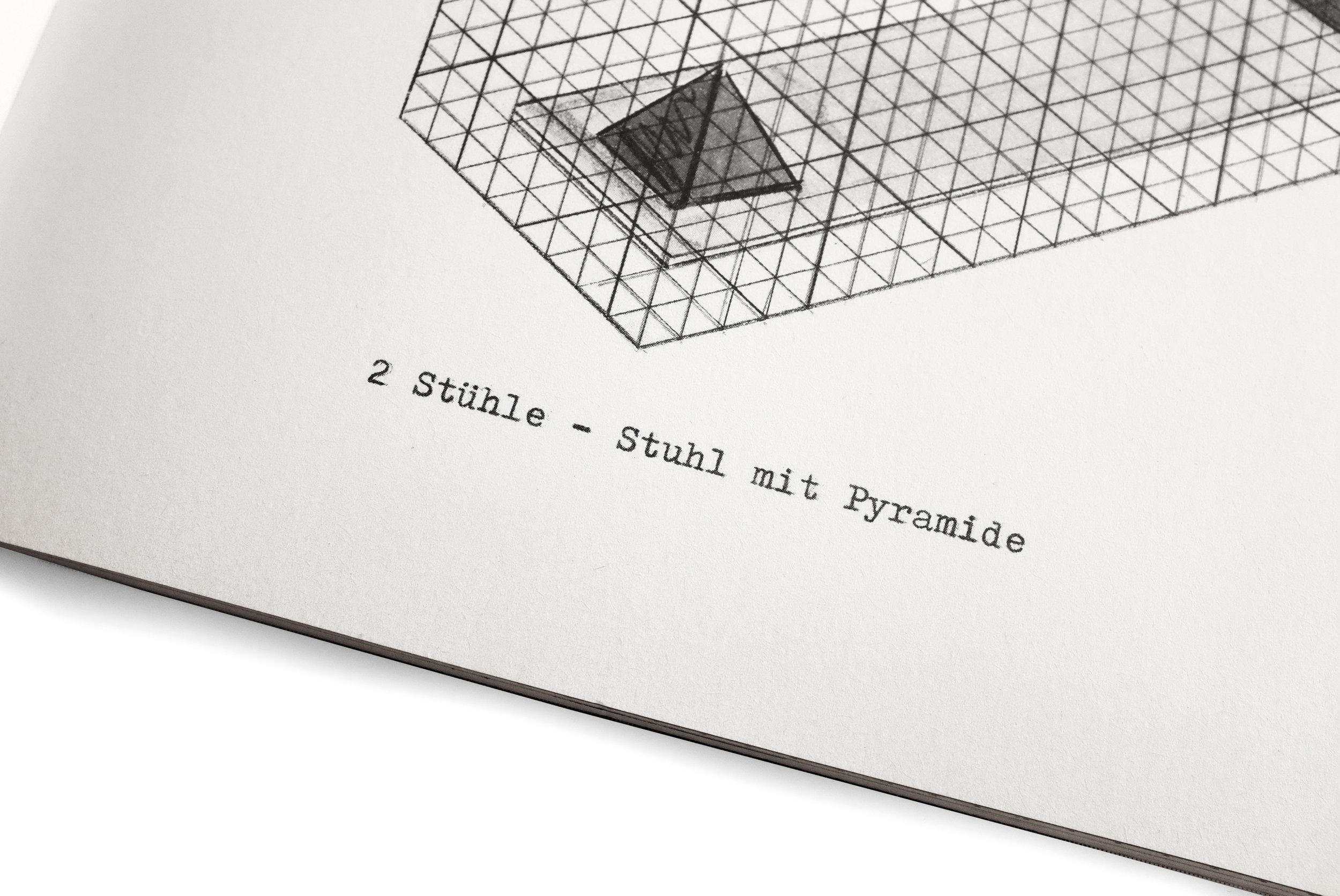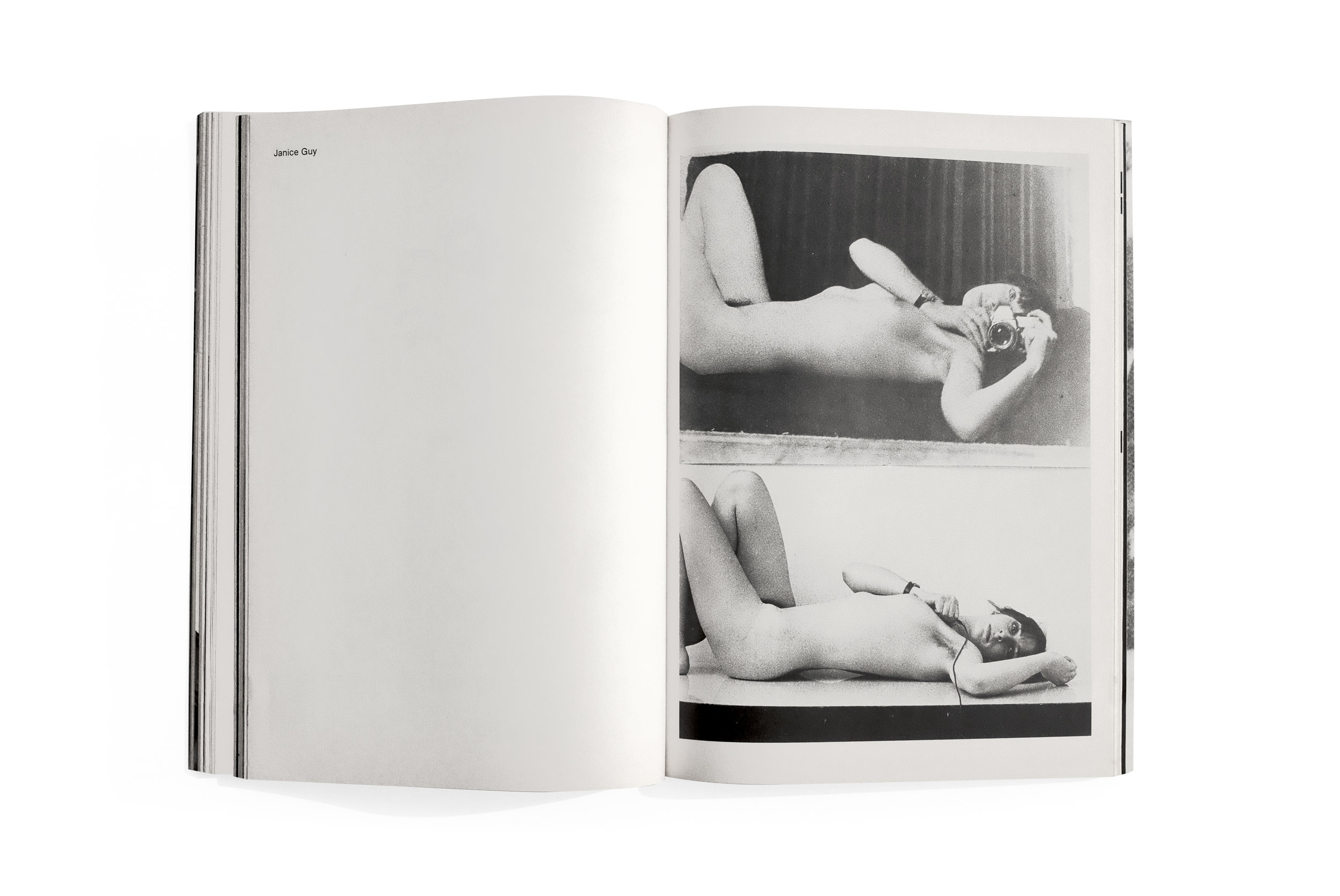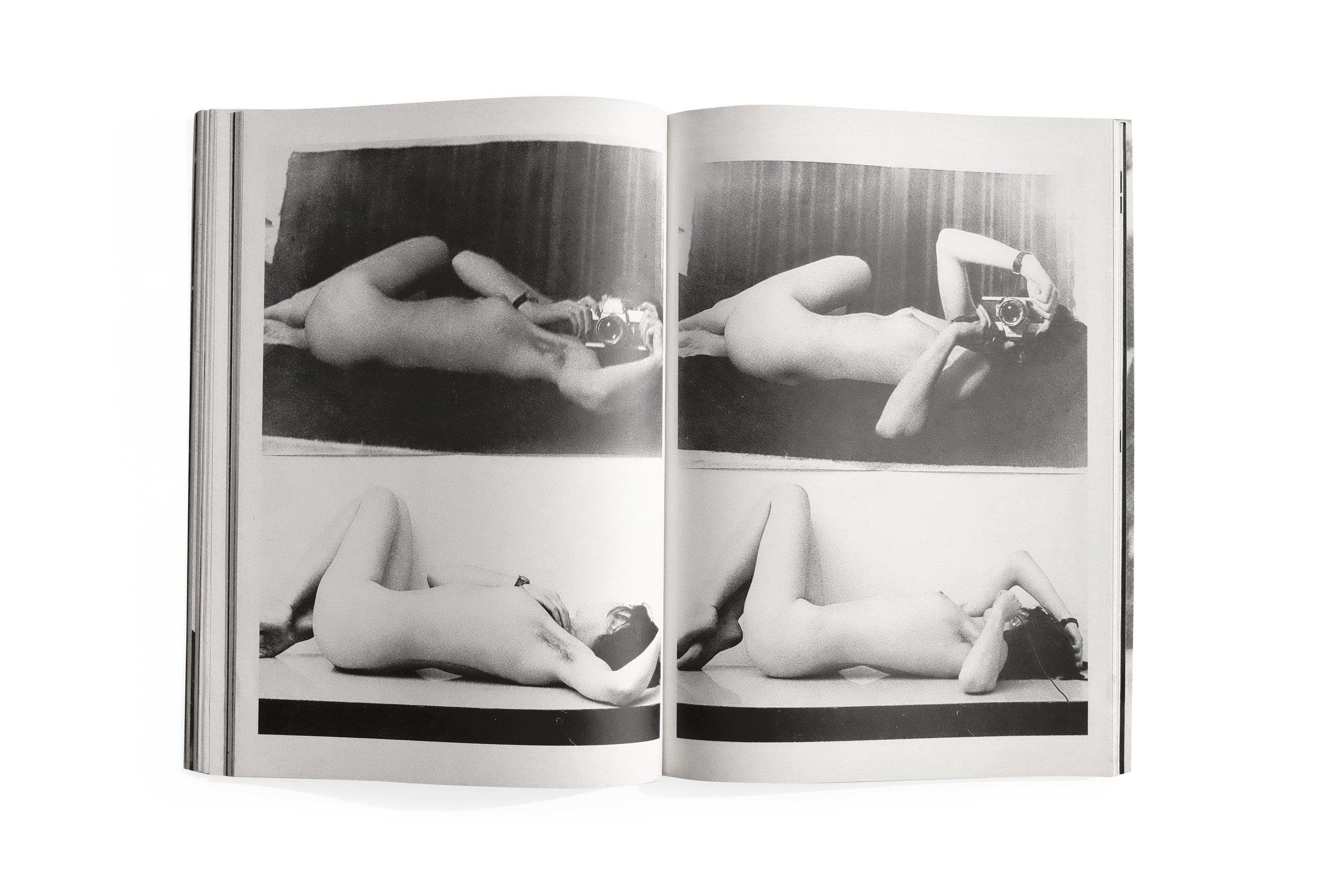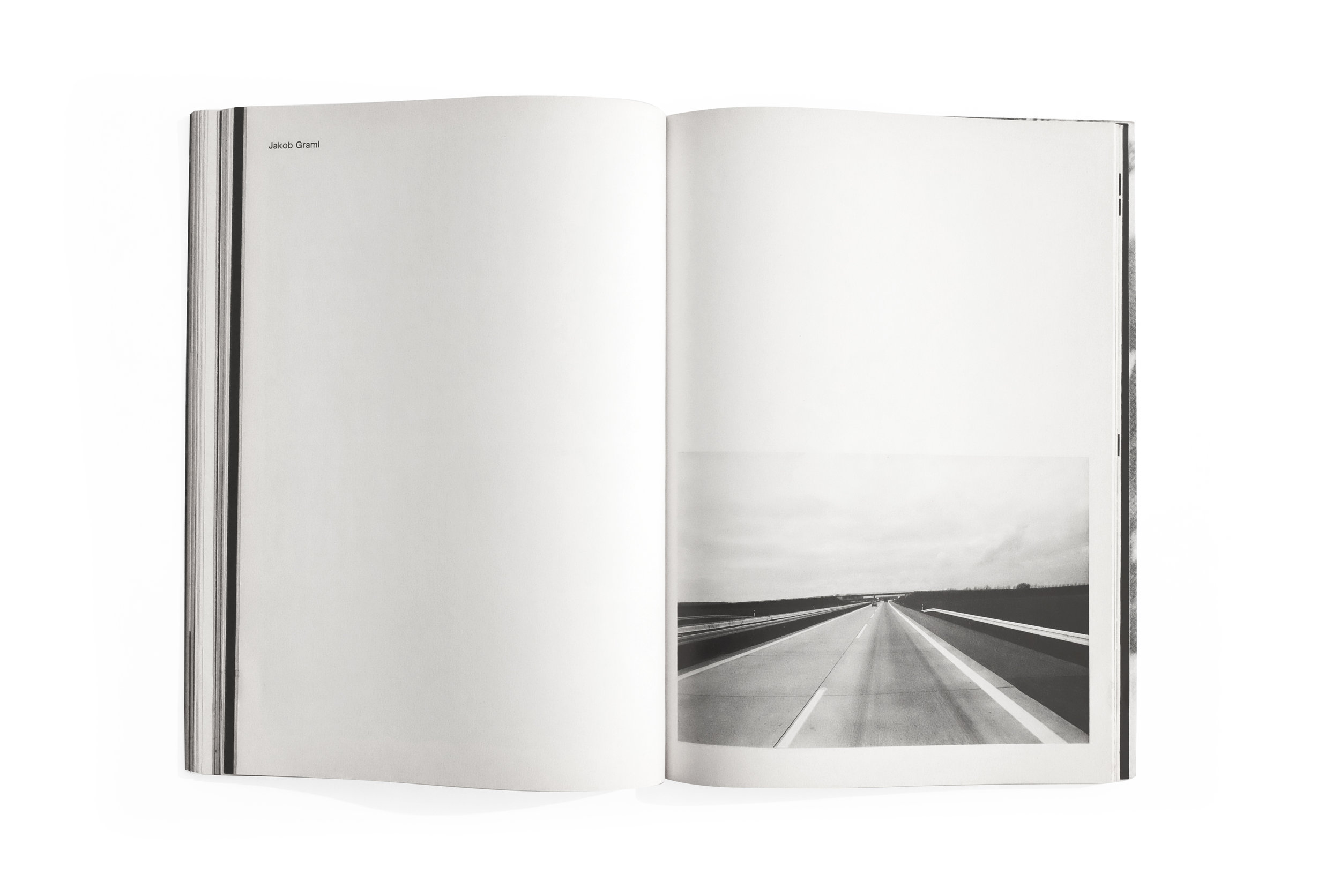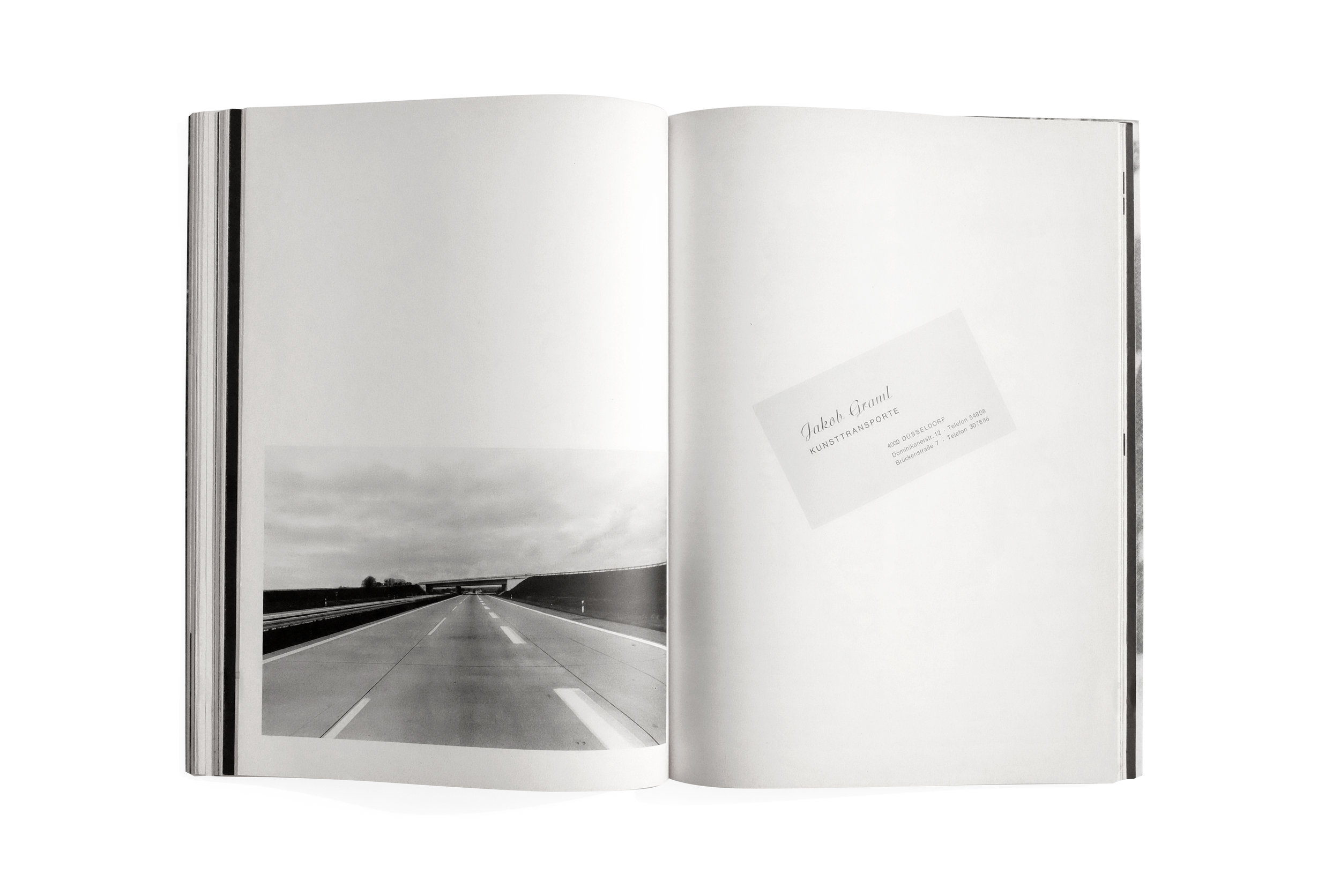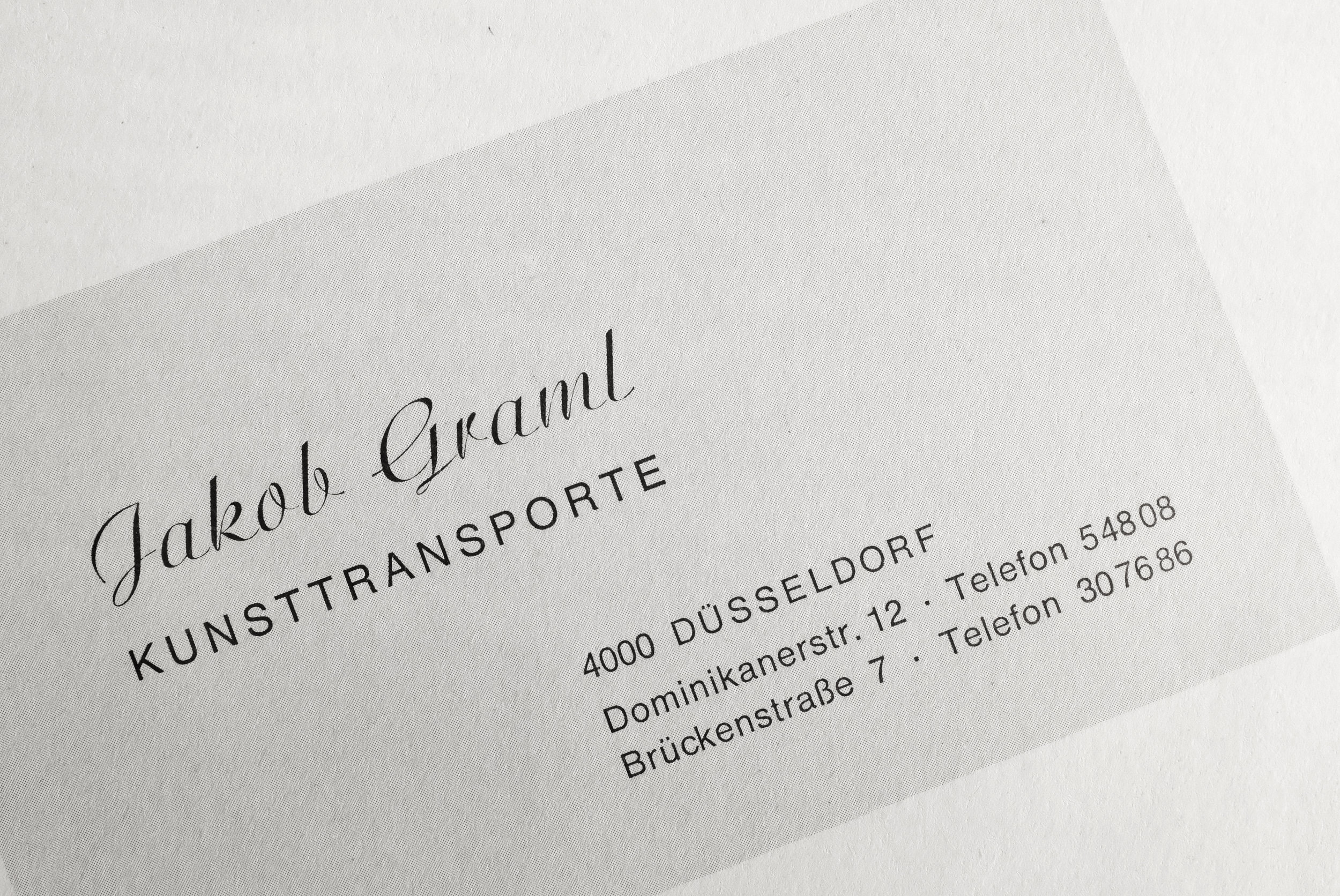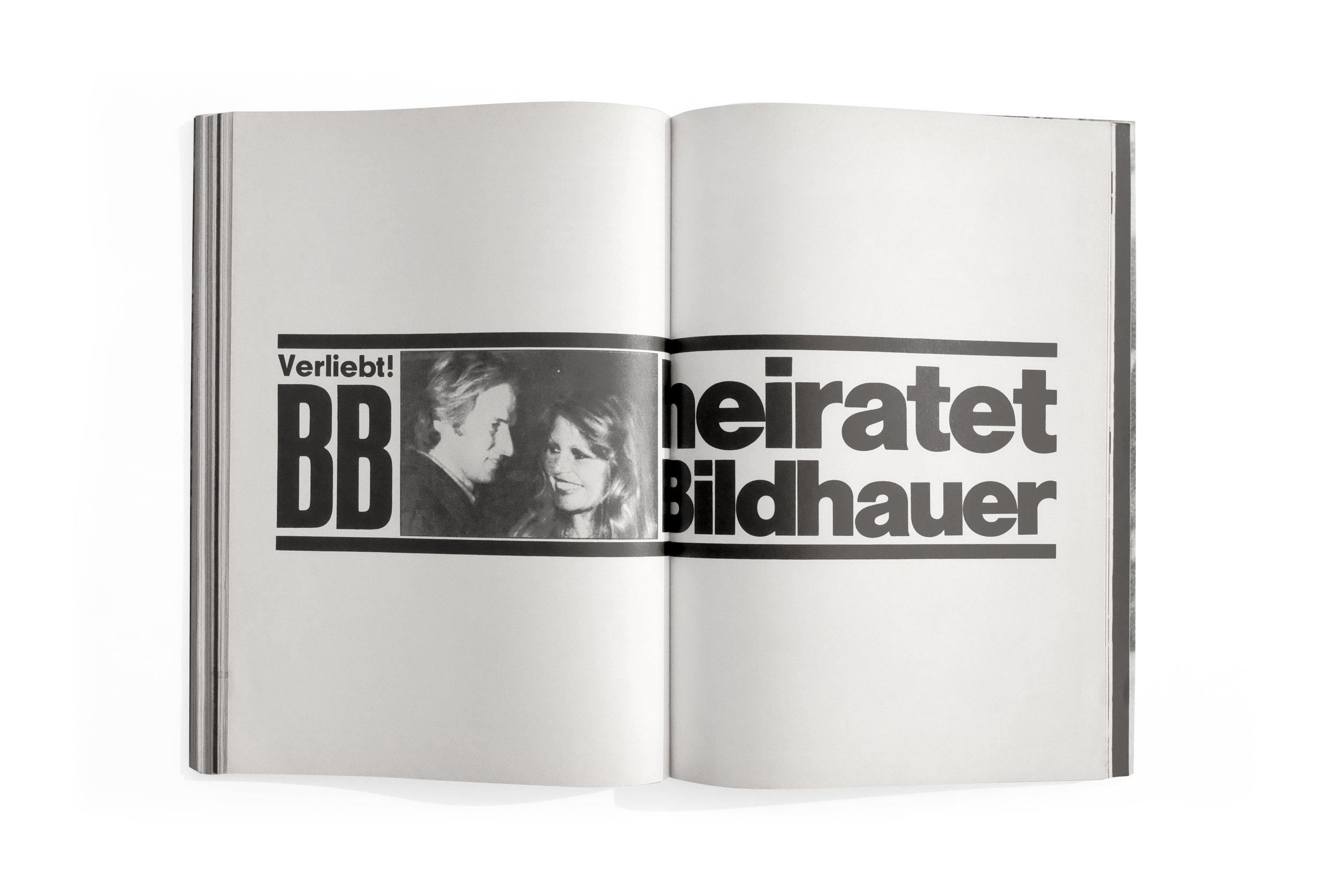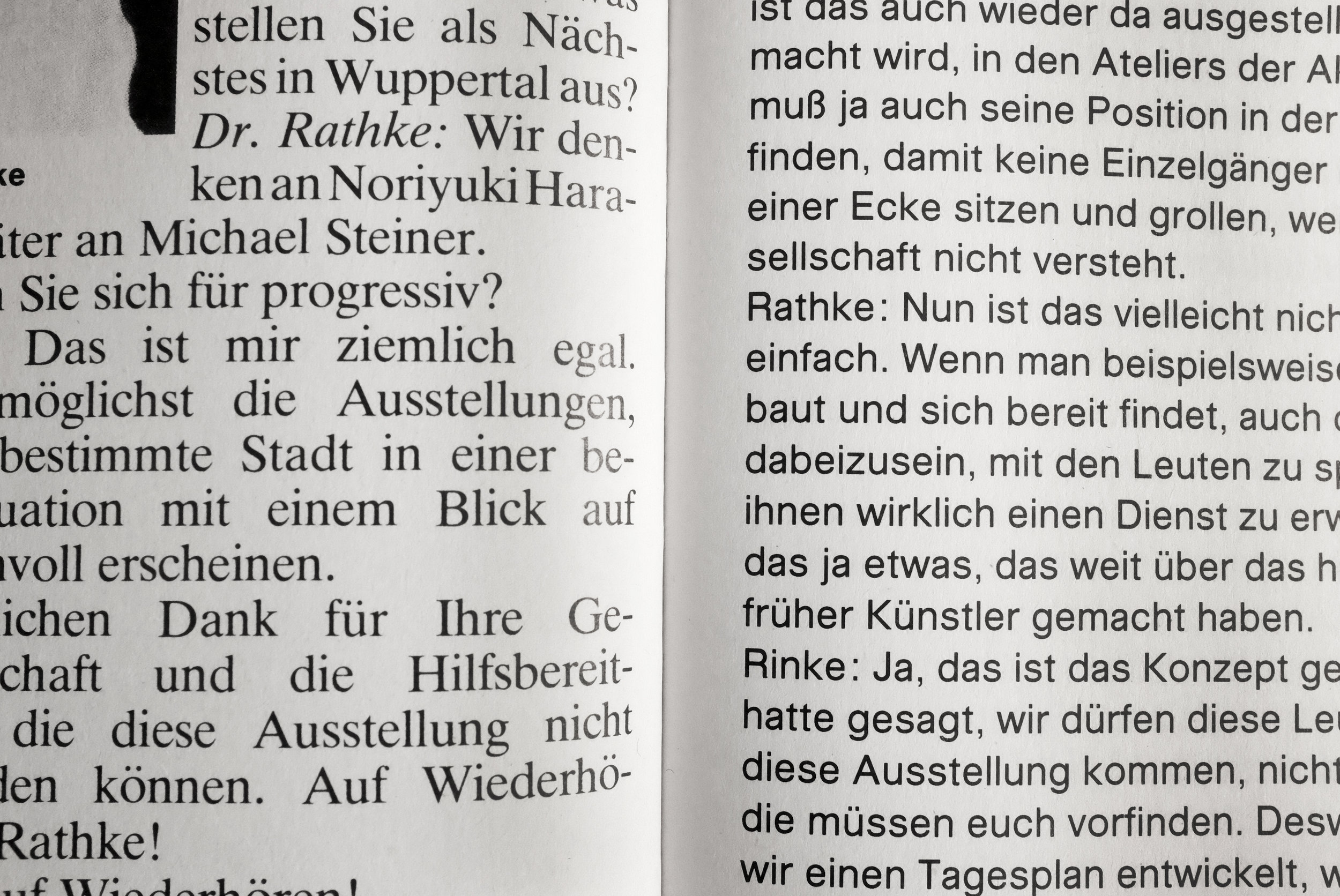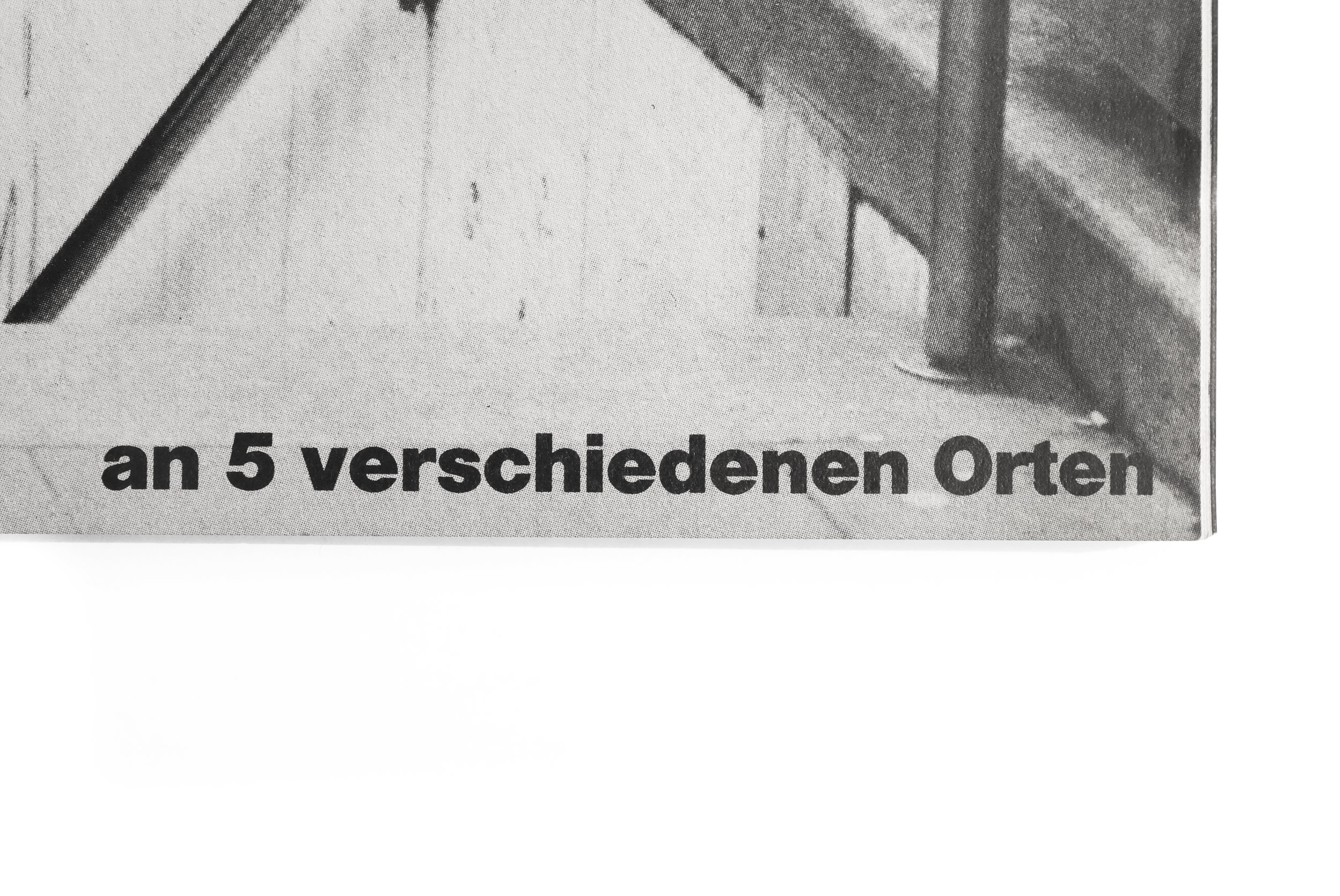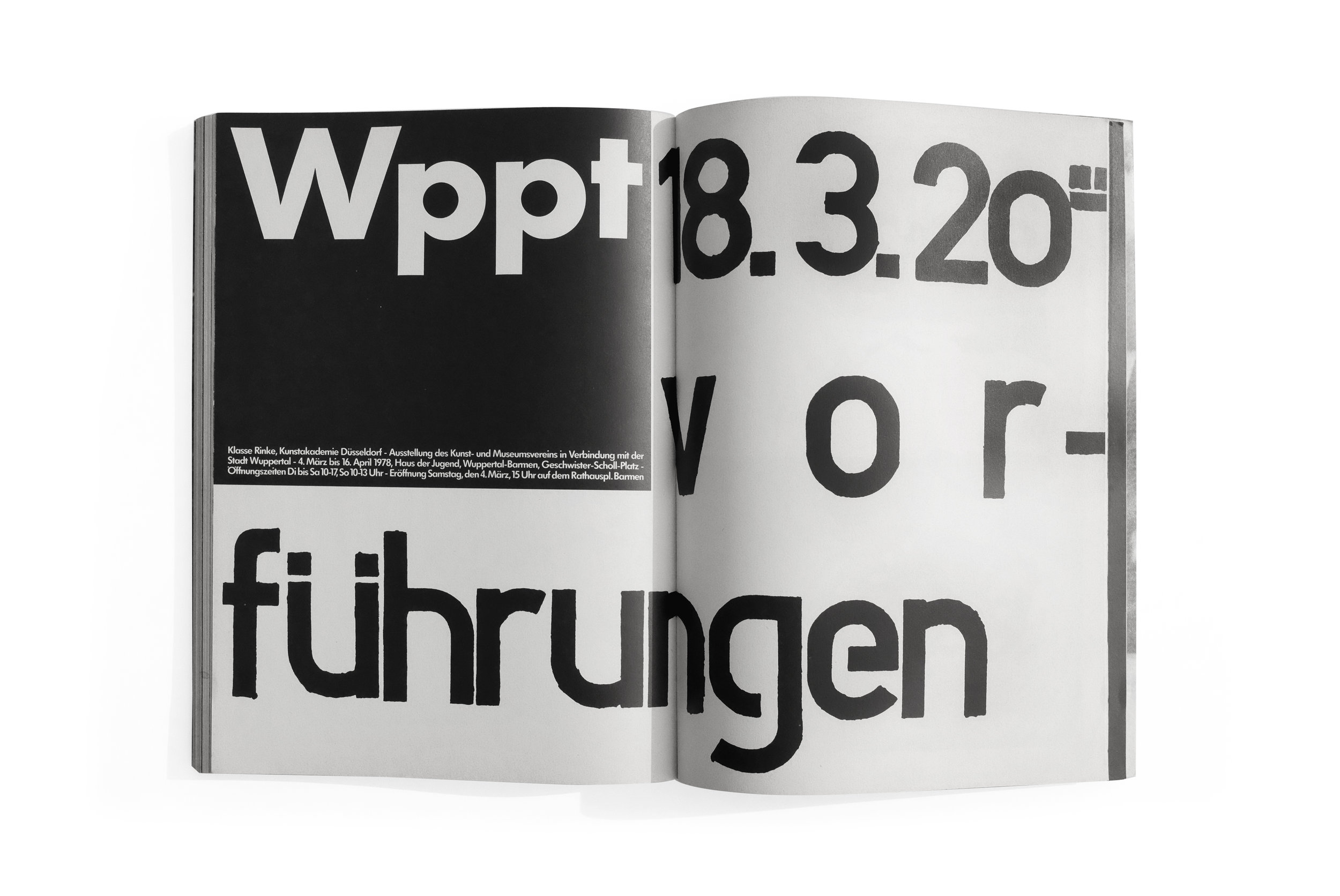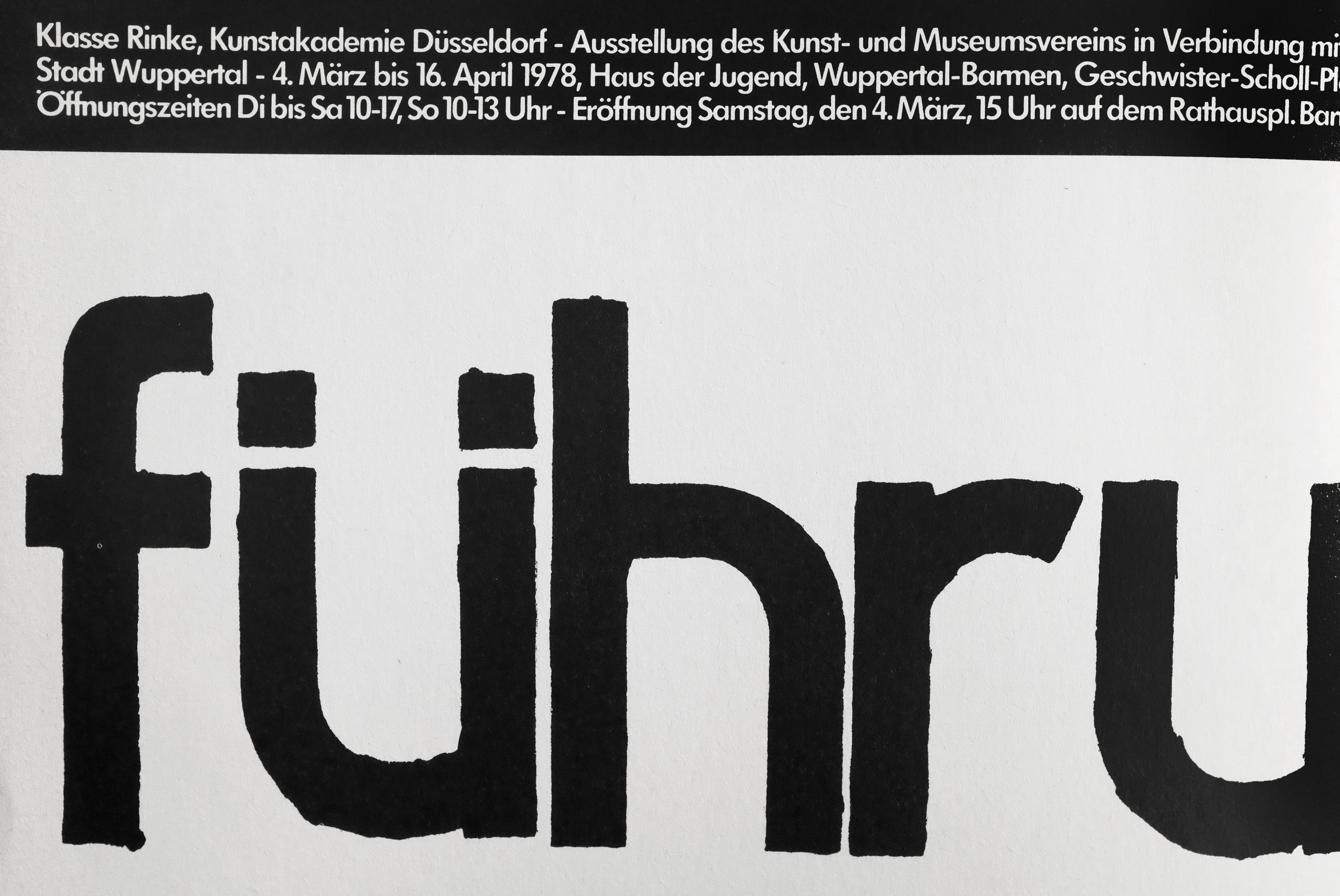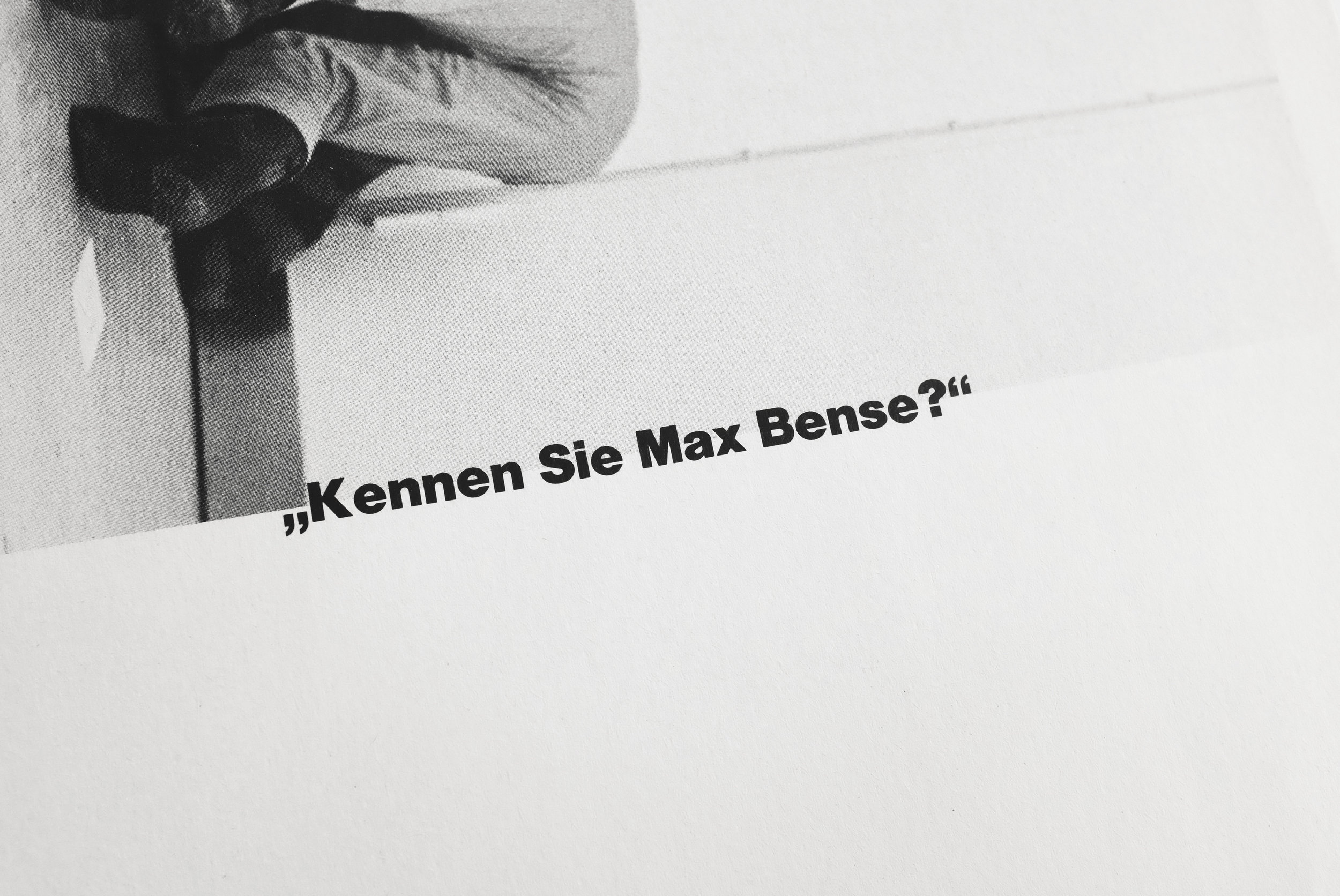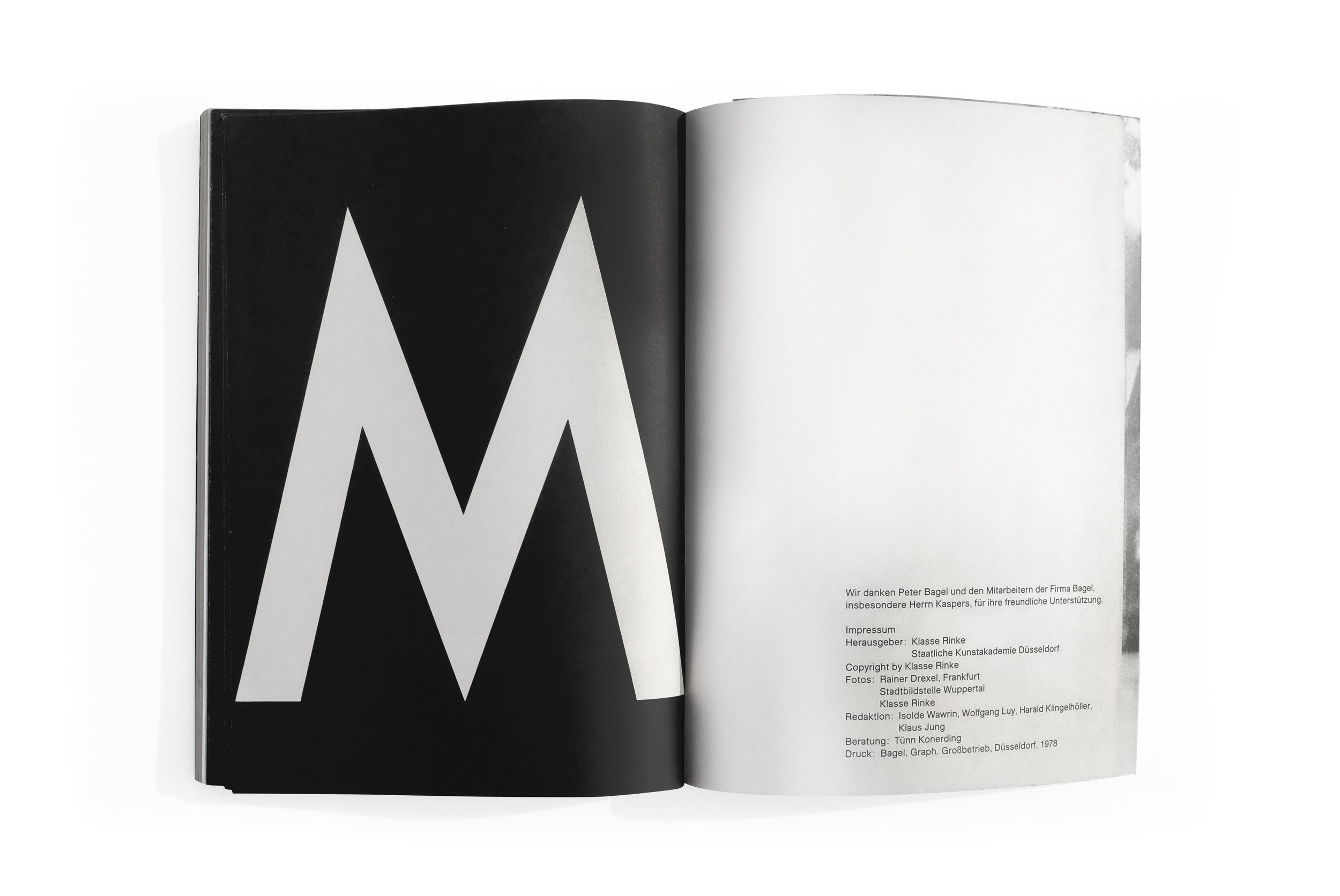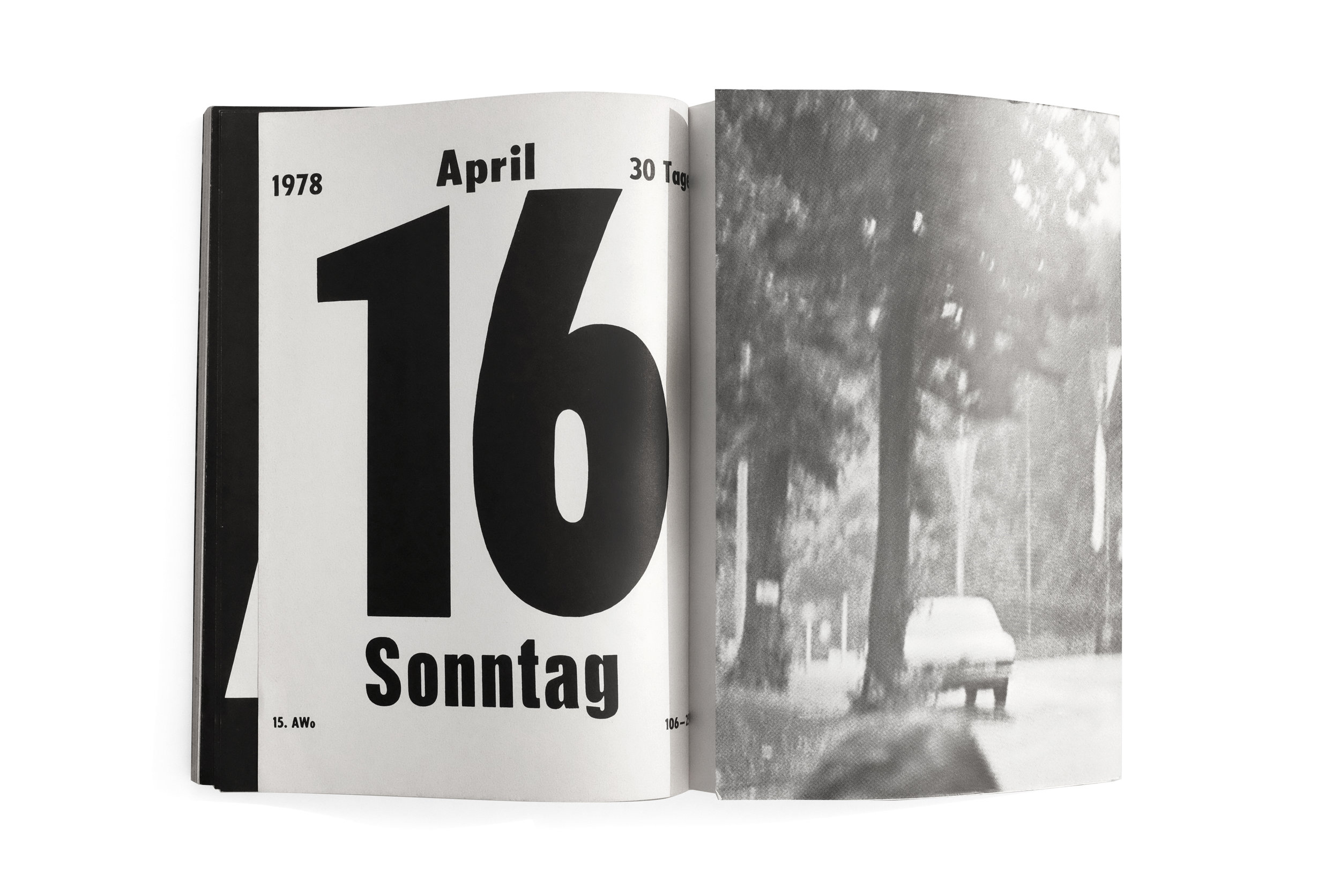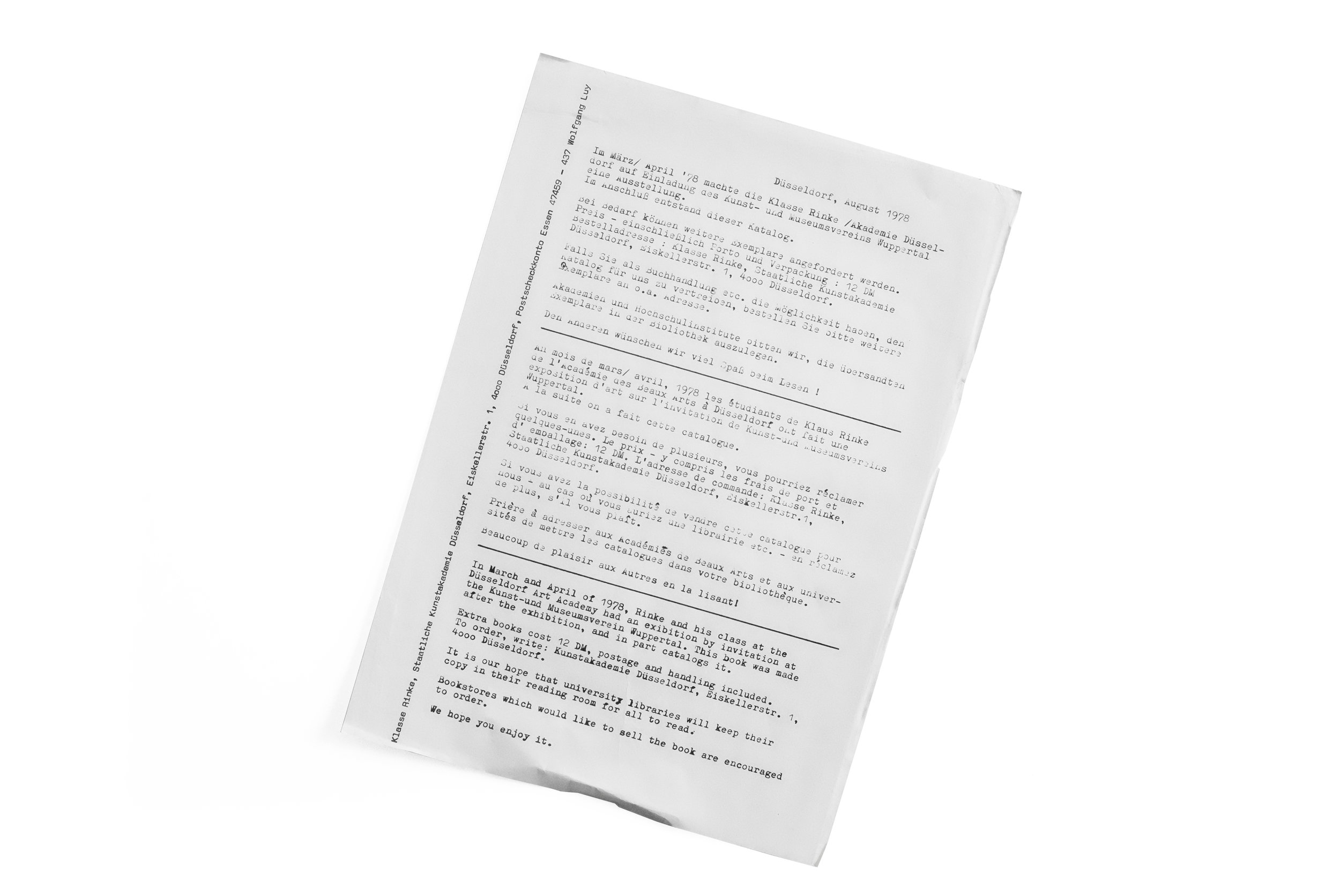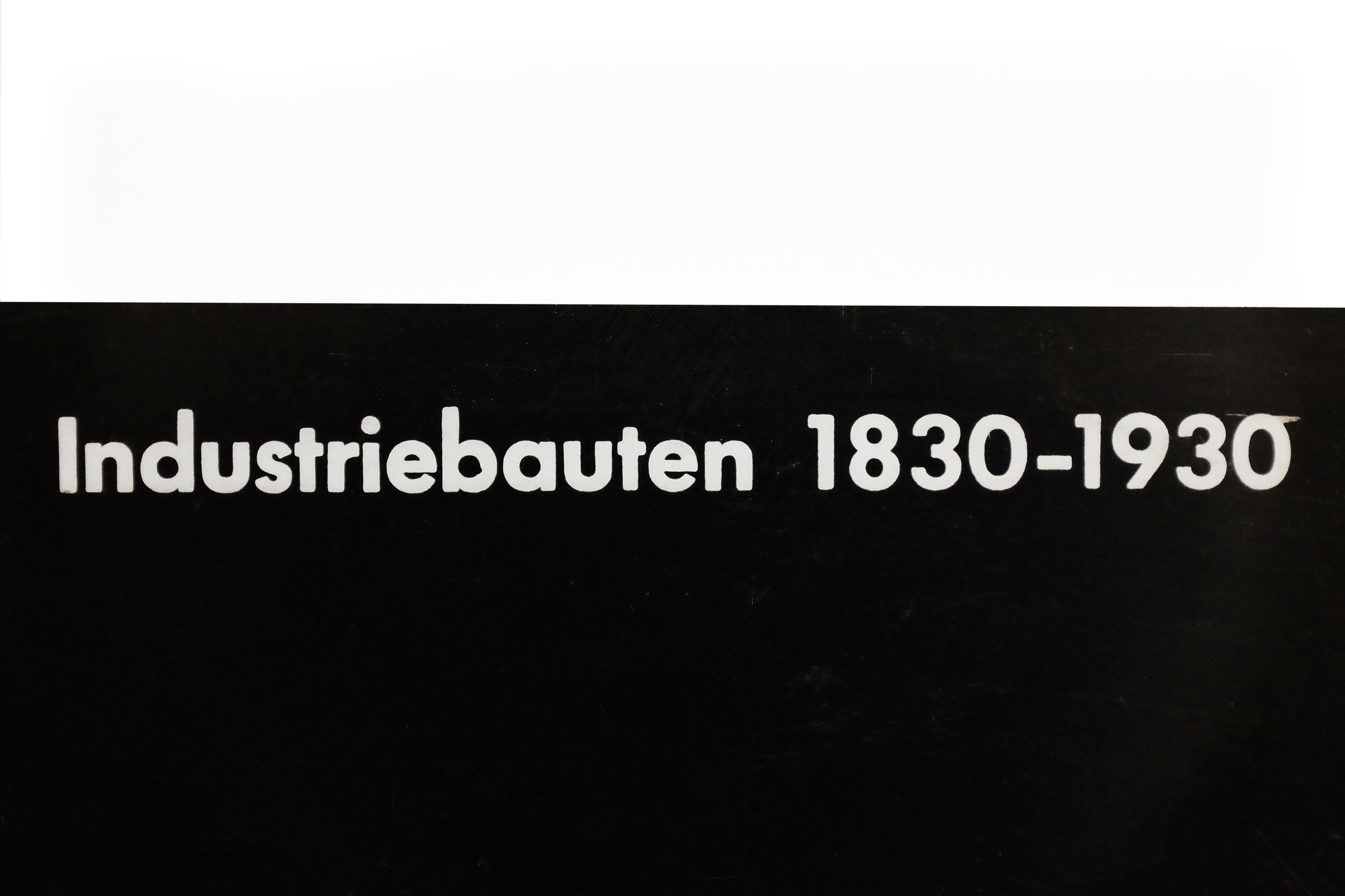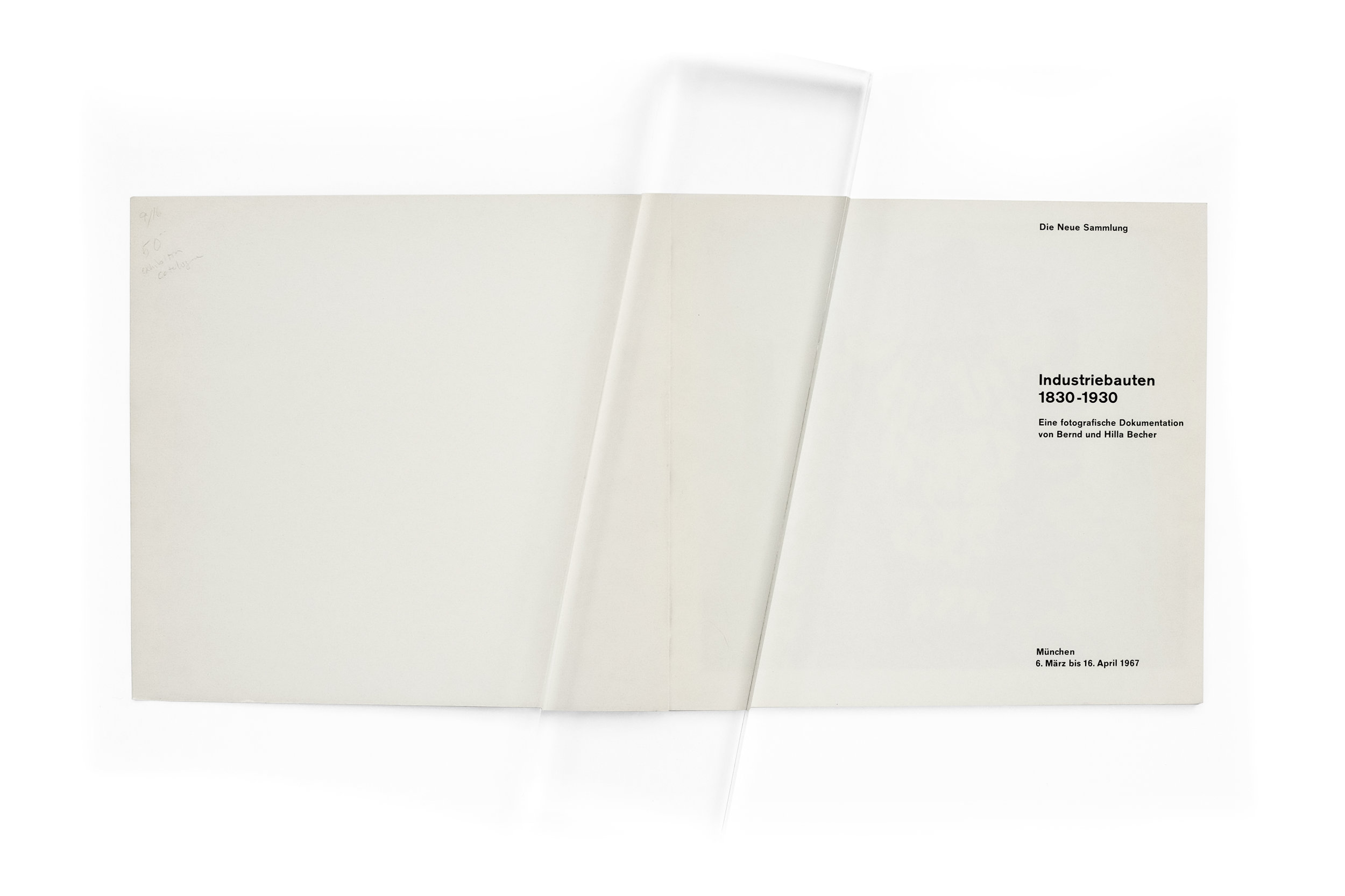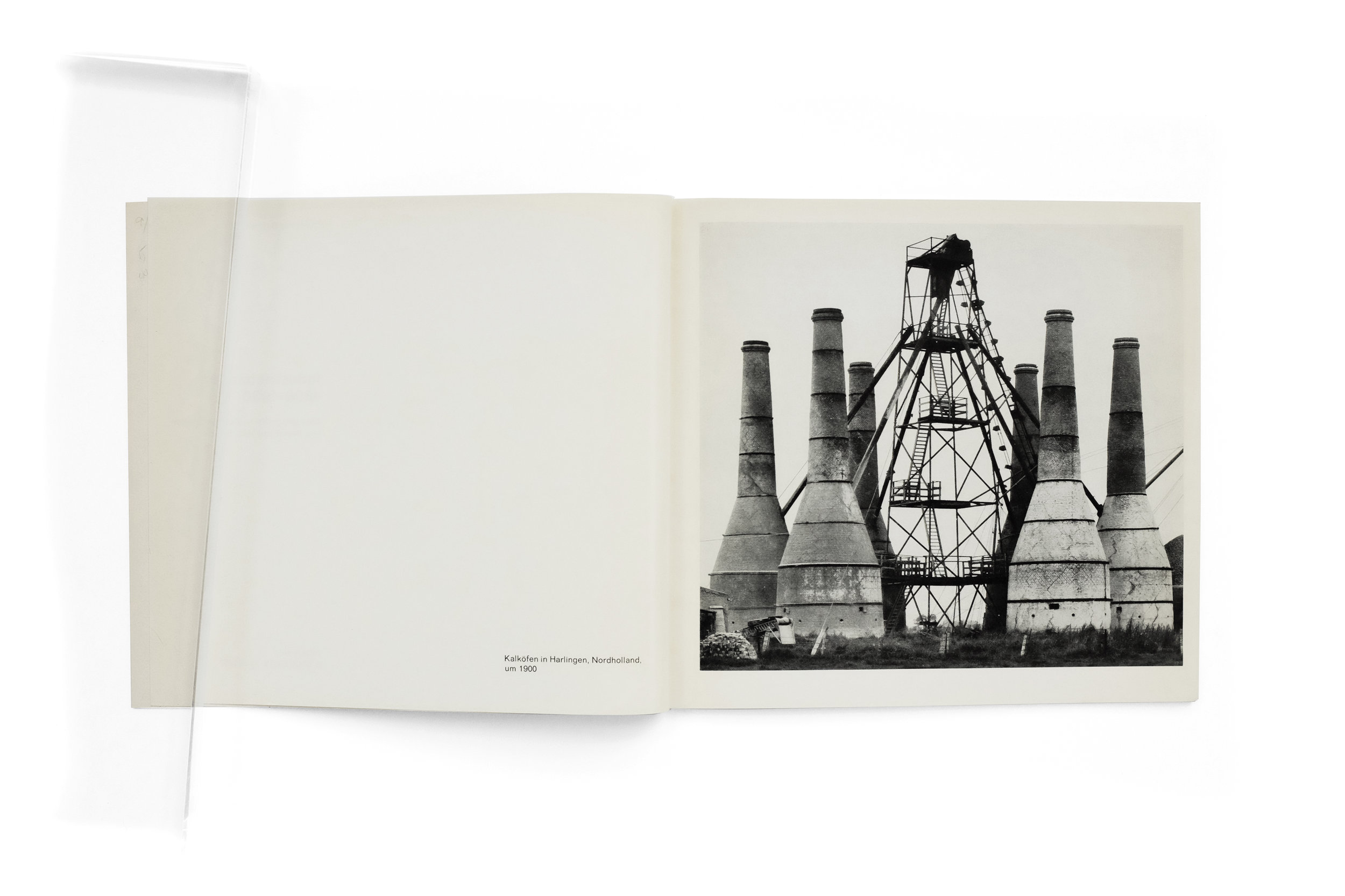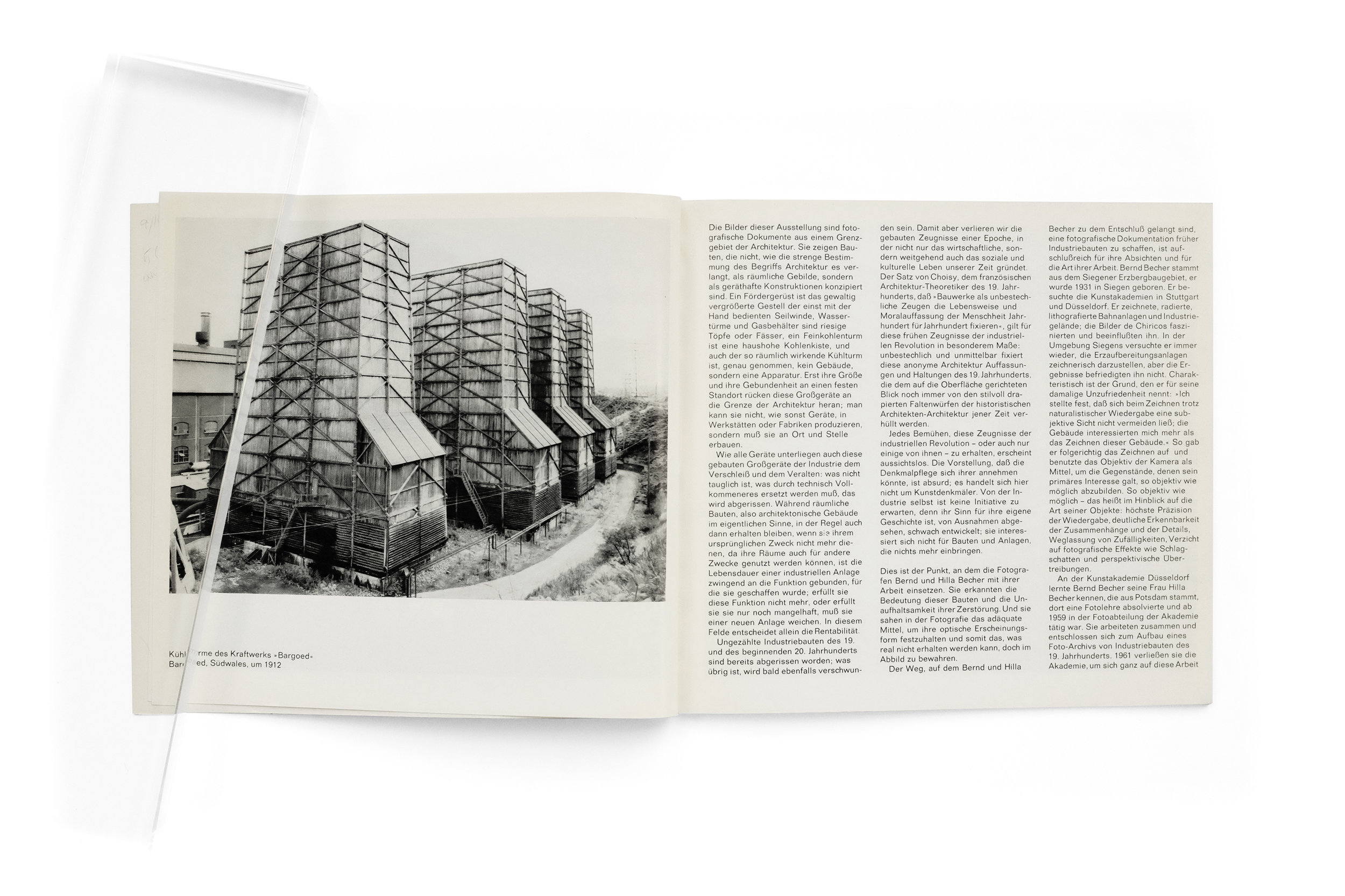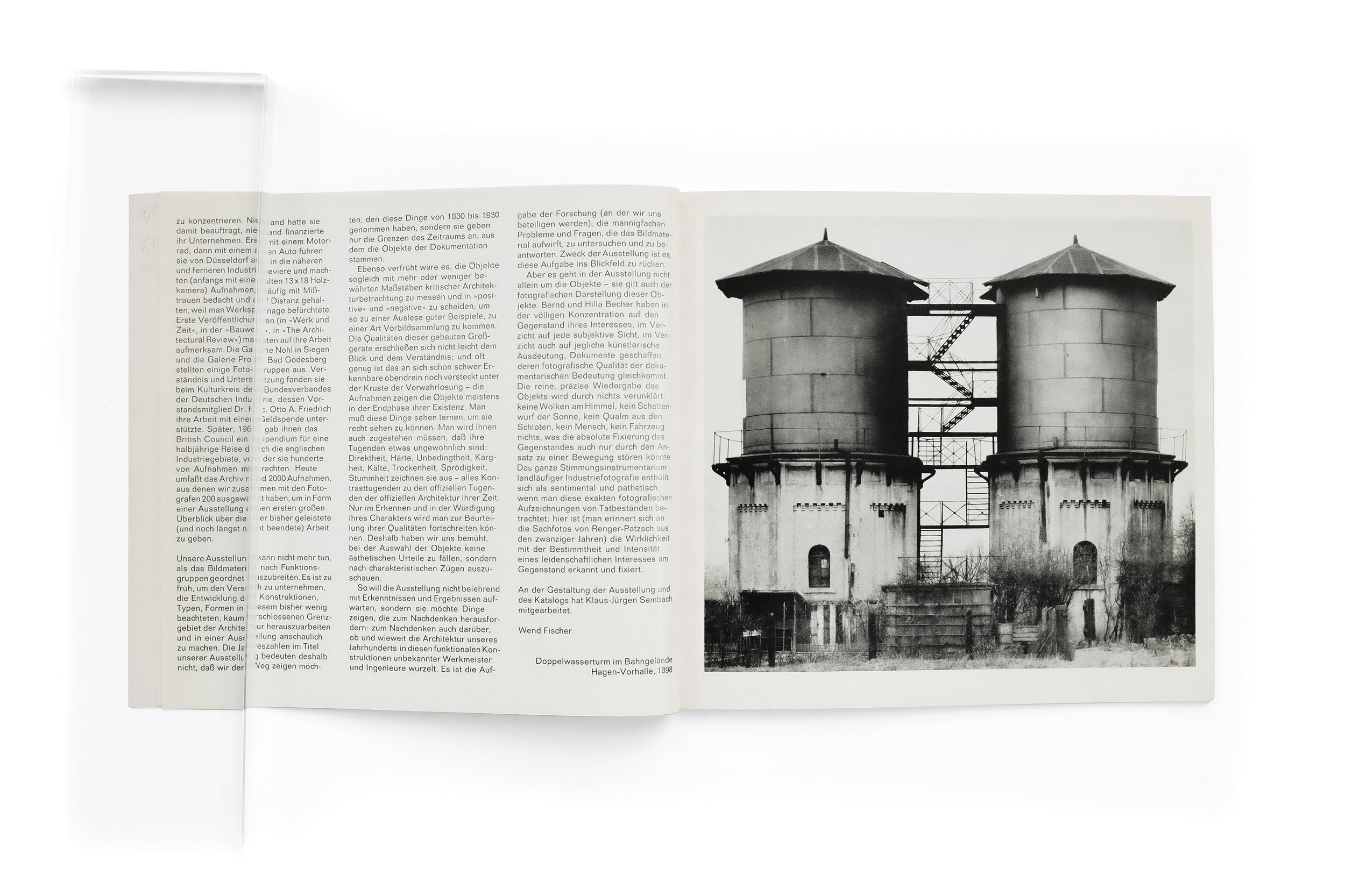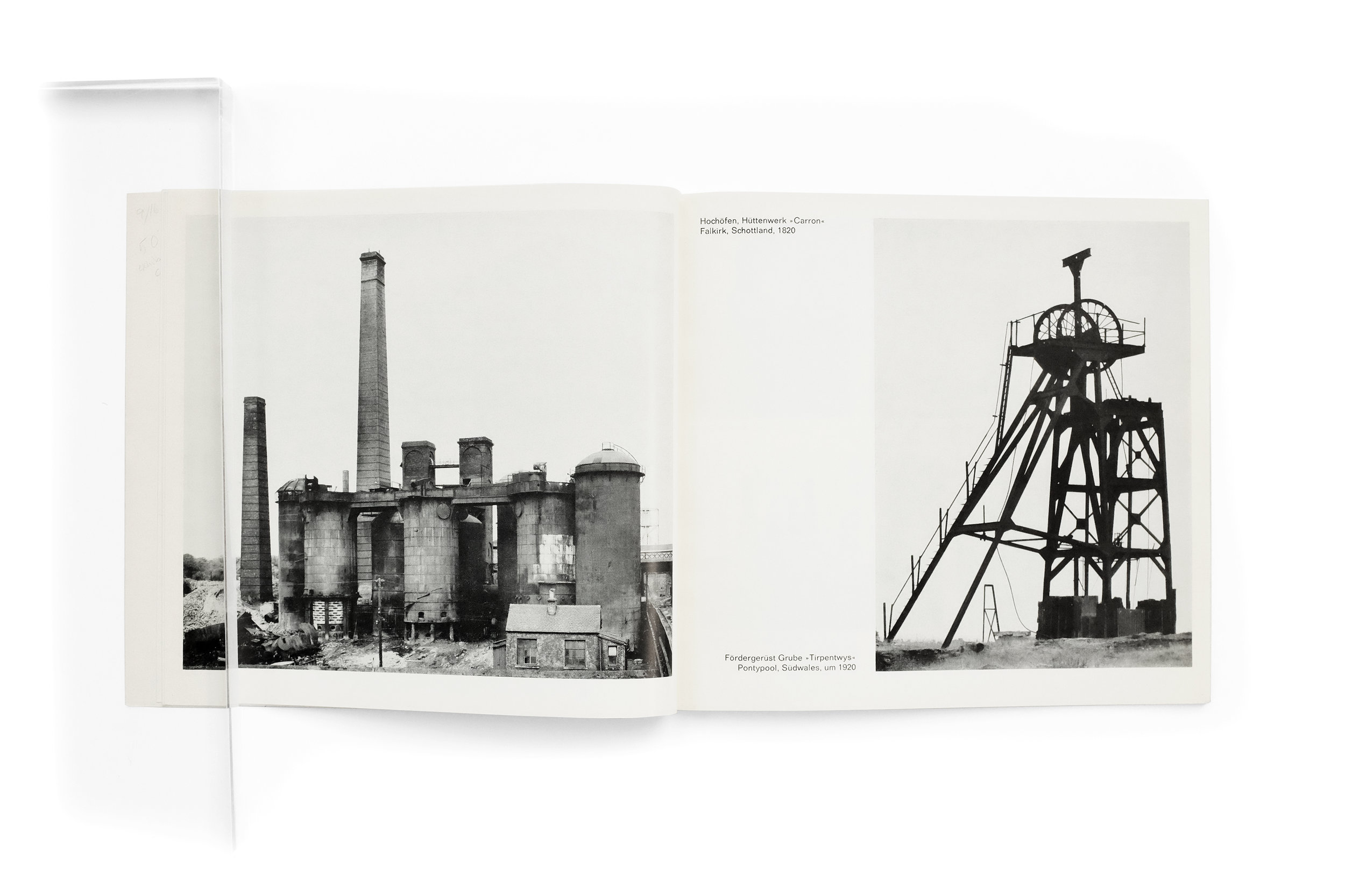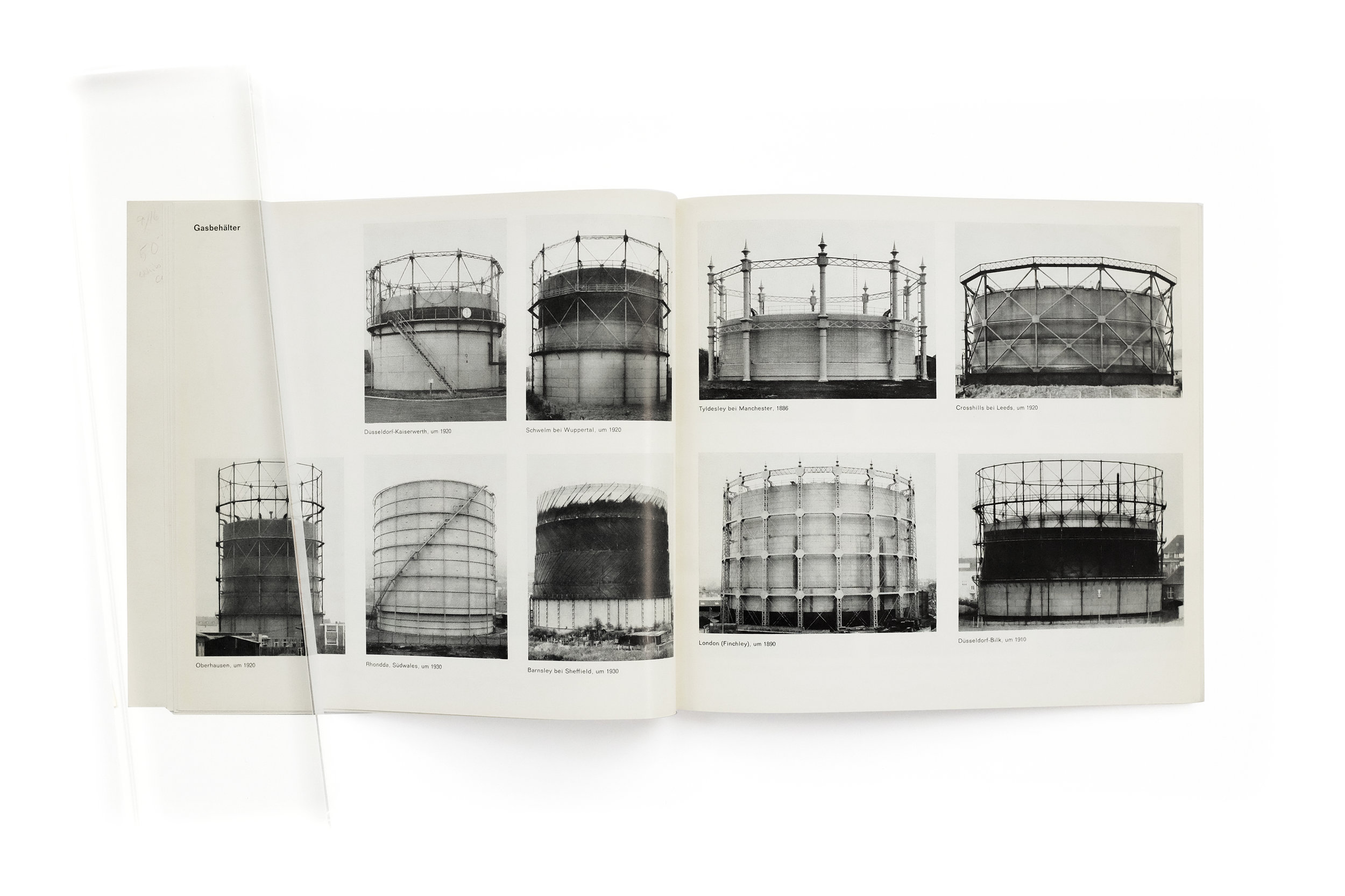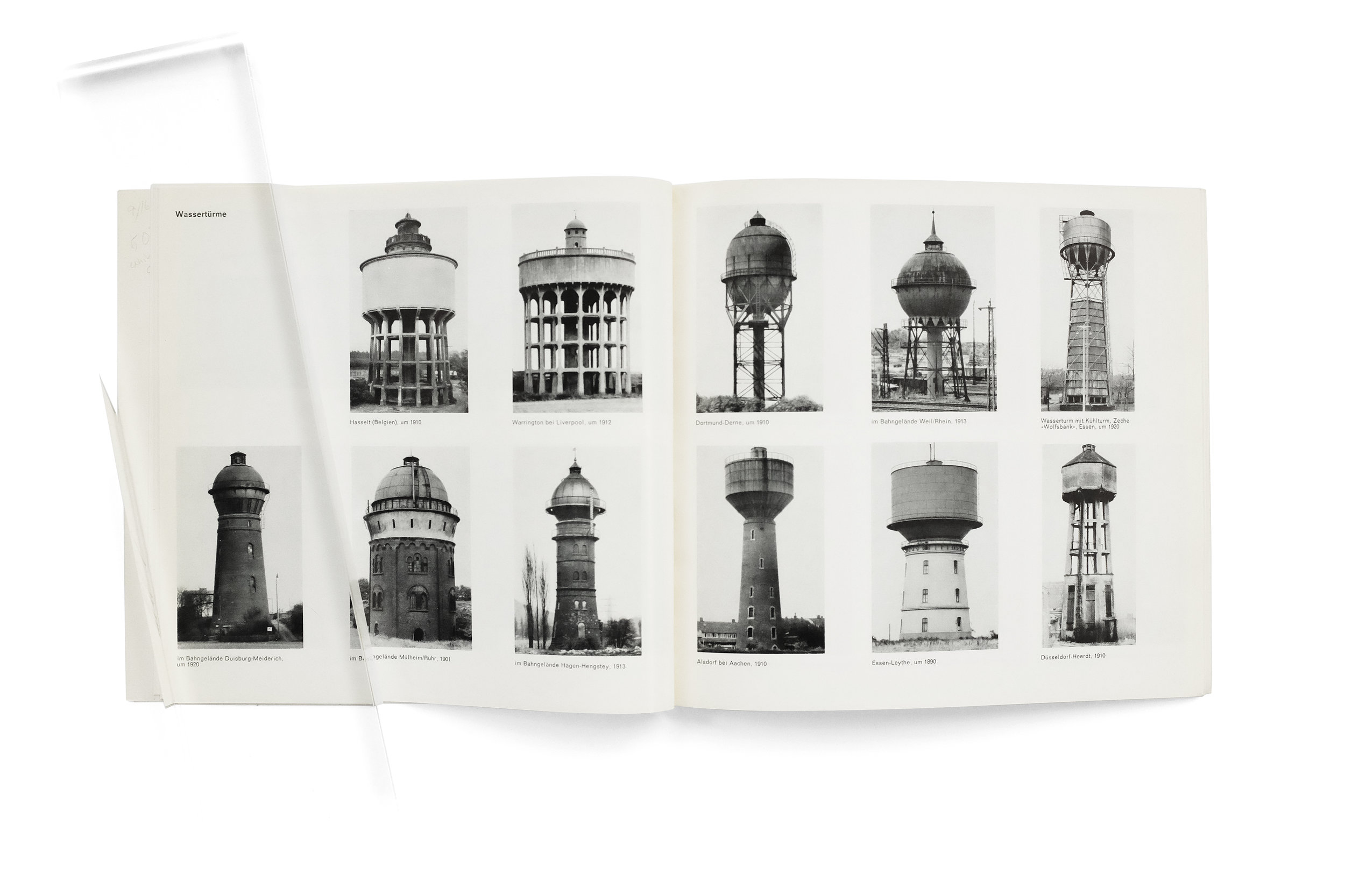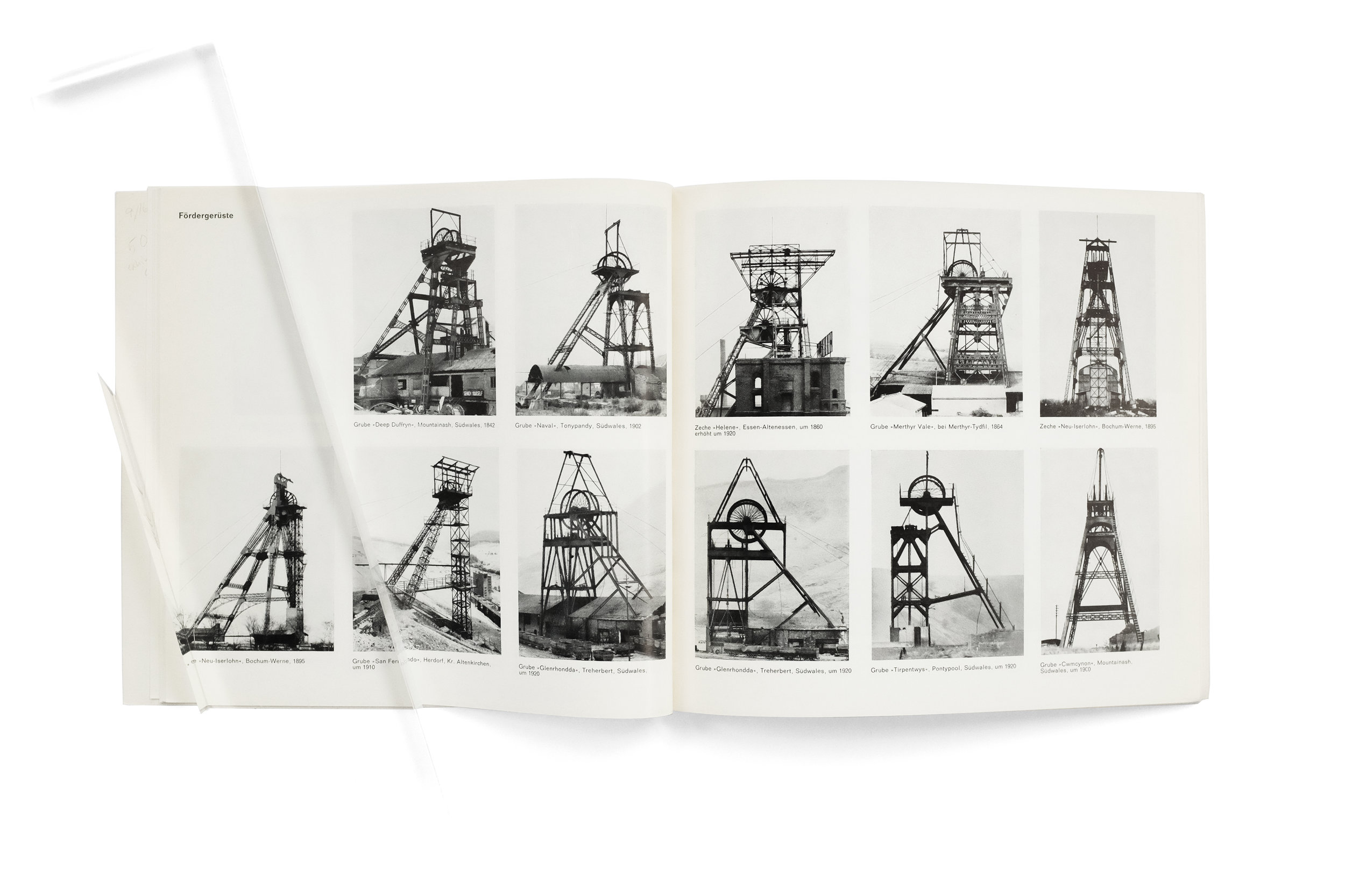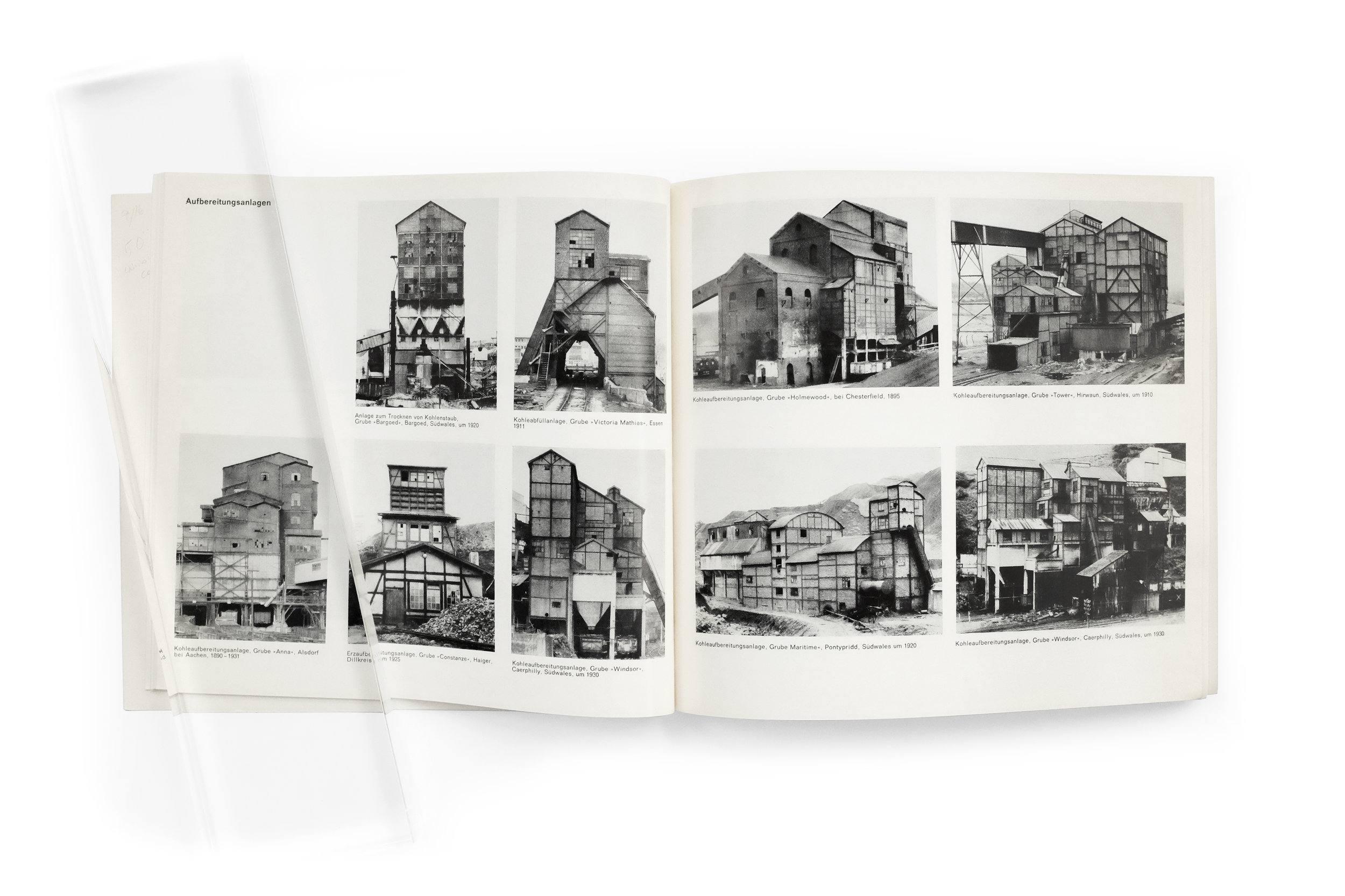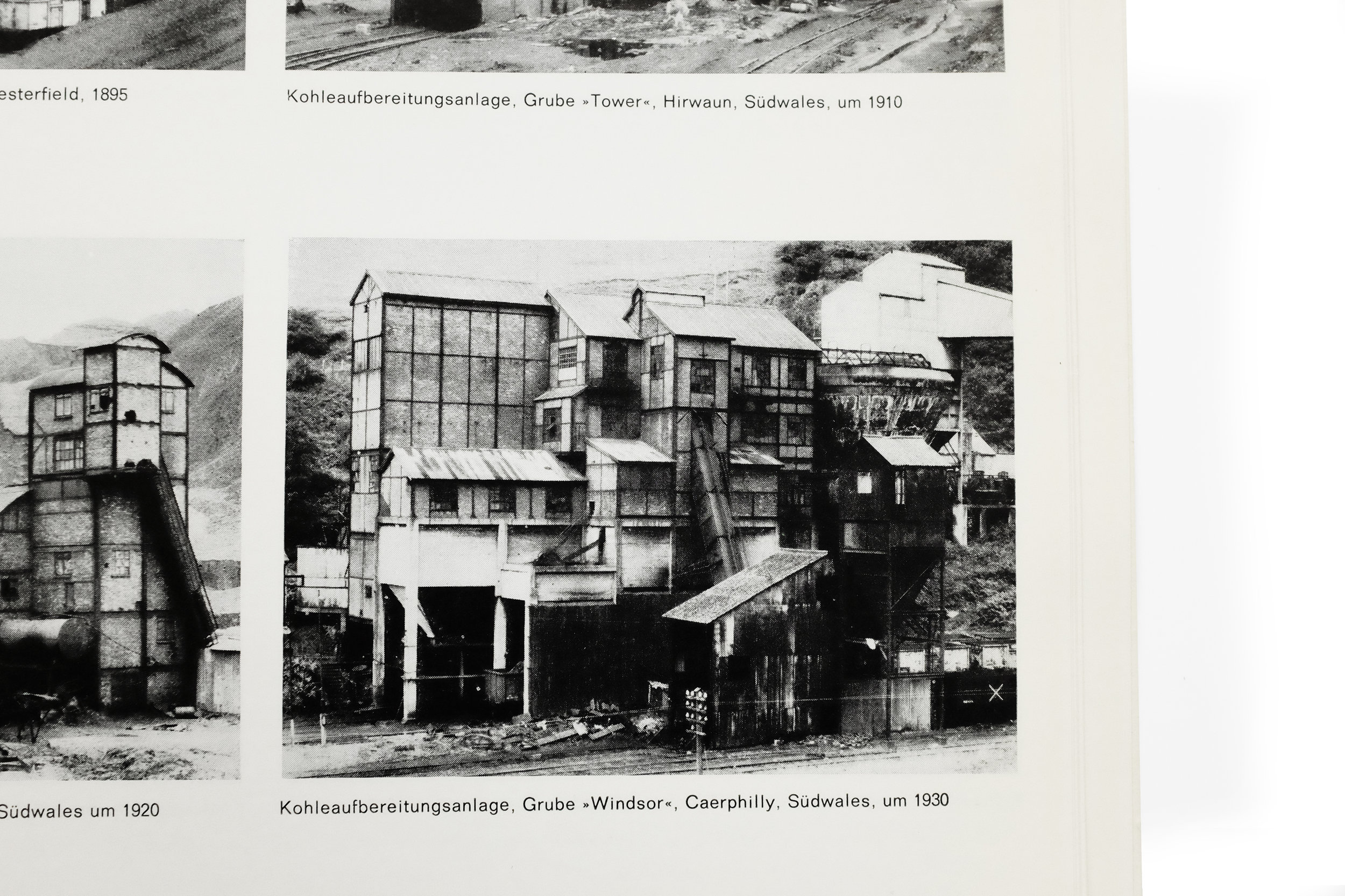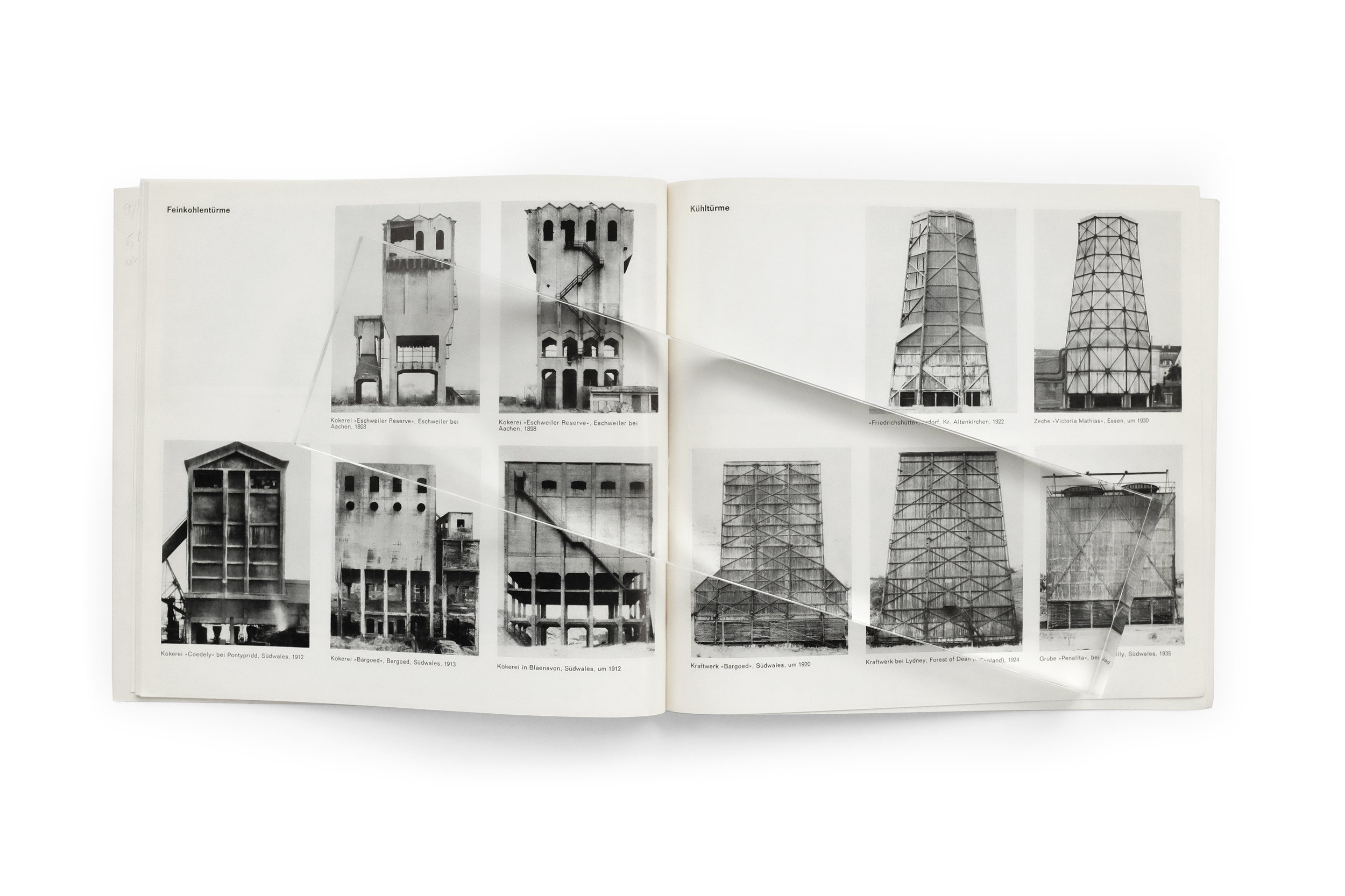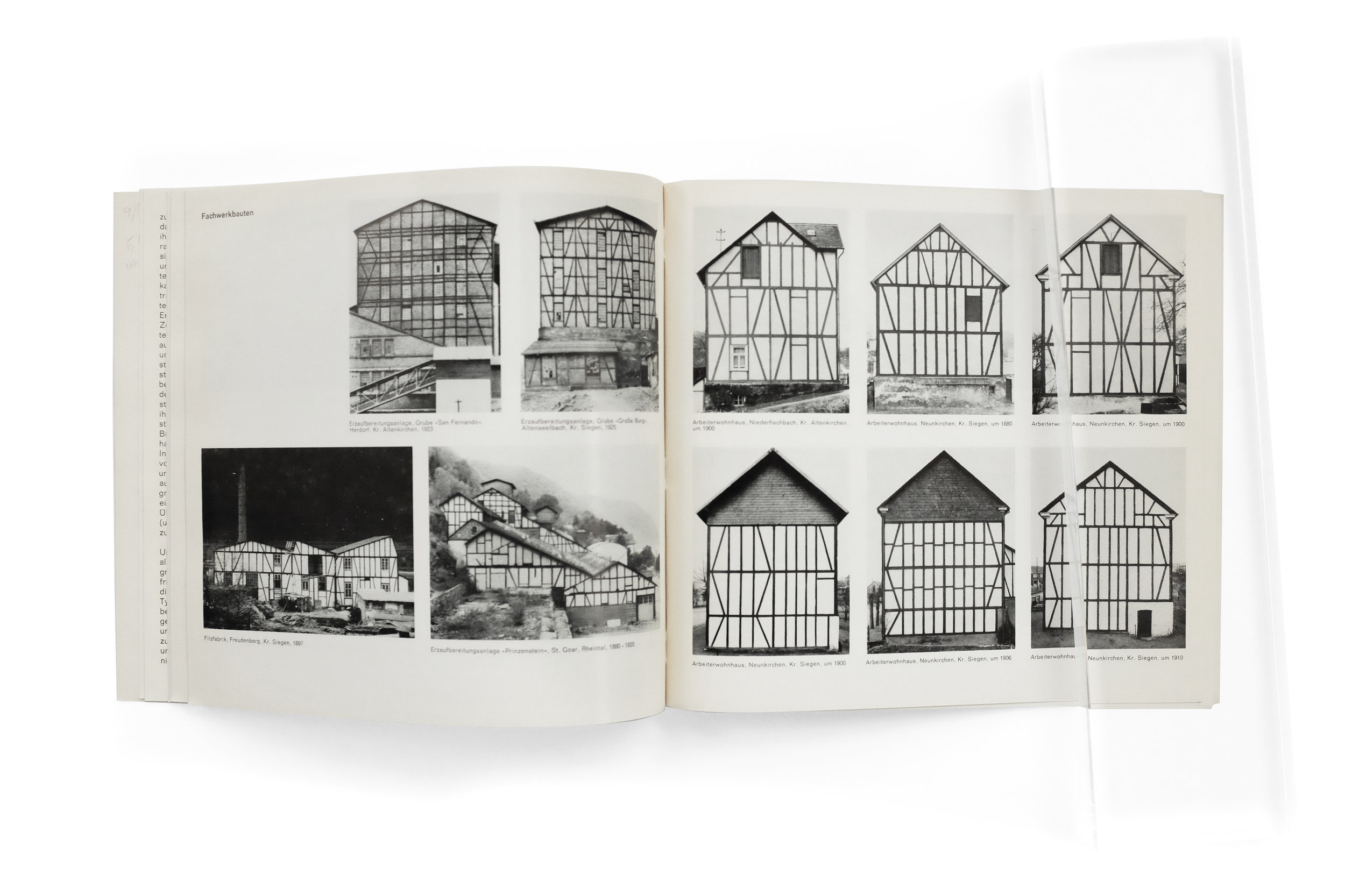Wppt
Wppt
Klaus Rinke
1978
Kunstakademie Düsseldorf
printed in Germany
Sadly, I've found very very little written about this catalog. Complicating matters, what little information I have found exists only in German. And the title of the book also seems deliberately impenetrable. (Perhaps an overt—yet unintentional—theme emerging on this blog might be the fact that I’m regularly drawn to books that utterly confuse me and defy easy explanation or categorization.) In fact, the only information I’ve been able to glean about this book at all comes from an insert that was fortuitously included when I found it at Marcus Campbell Art Books in London. The crude yet charming press release (also documented here and included at the end of the slideshow) describes an exhibition catalog, documenting a student exhibit at the Kunst-und Museumsverein Wuppertal organized by artist and professor, Klaus Rinke.
The awkward marriage of the book’s peculiar title and its front and back cover design was immediately seductive. The red-orange type vibrates against the black and white photograph, bluntly wrapping the book and ensuring that the title is never completely legible when viewing just the front or back of the catalog. Peculiar design decisions like this echo throughout the book in various, seemingly haphazard ways.
The only consistent element within is the stark section titles which precedes each new artists’ work. The rest of the content ebbs and flows through increasingly surprising forms with every section giving the impression that it was designed by the individual artist themselves. The result is an engrossing medley of type and image—intertwined and erratic—that successfully breaks many conventions of book design.
As I was paging through this book for the first time, I immediately wondered if Irma Boom had ever seen it. The grand and flamboyant gestures on each page reminded me of her approach which often eschews subtlety and nuance in pursuit of a visceral immediacy. There is an unmistakable energy and point of view in here, but I’m saddened to say I have no idea who to credit for this majestic and weird thing. If anyone here knows anything more about it and would like to contribute to piecing together and sharing its history, please reach out.


